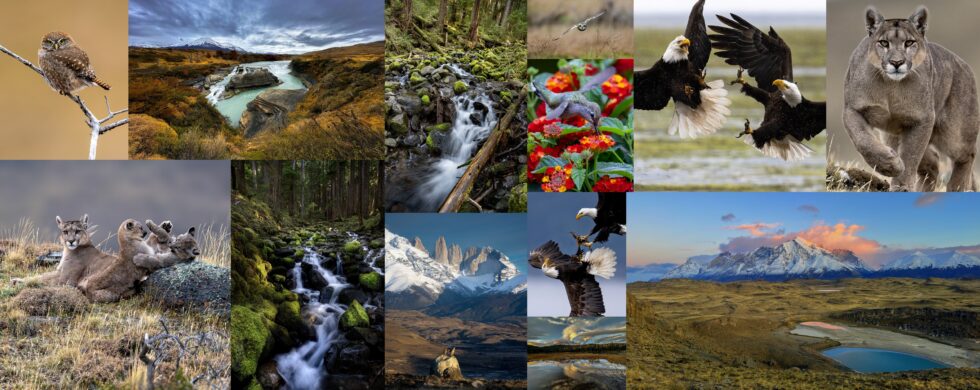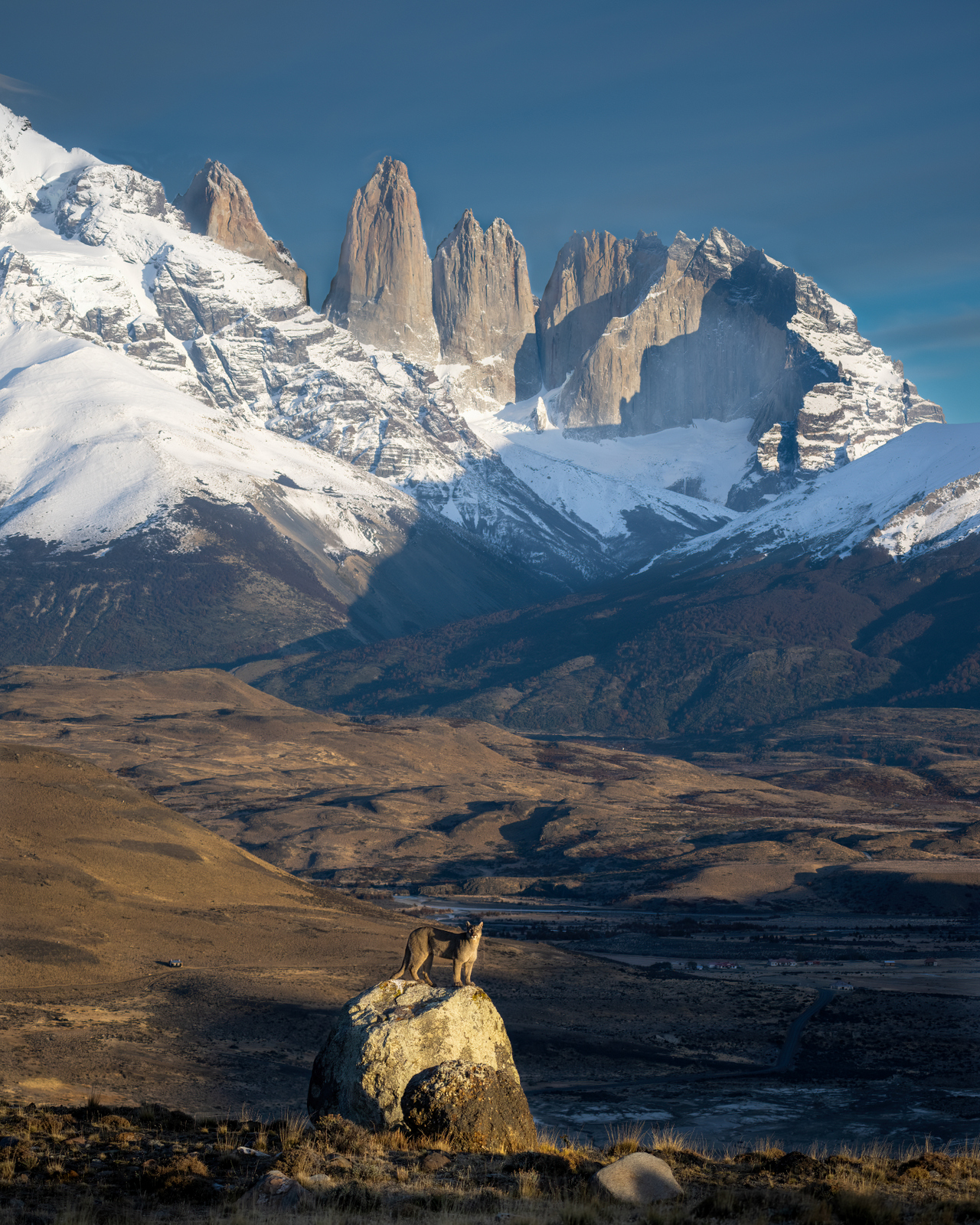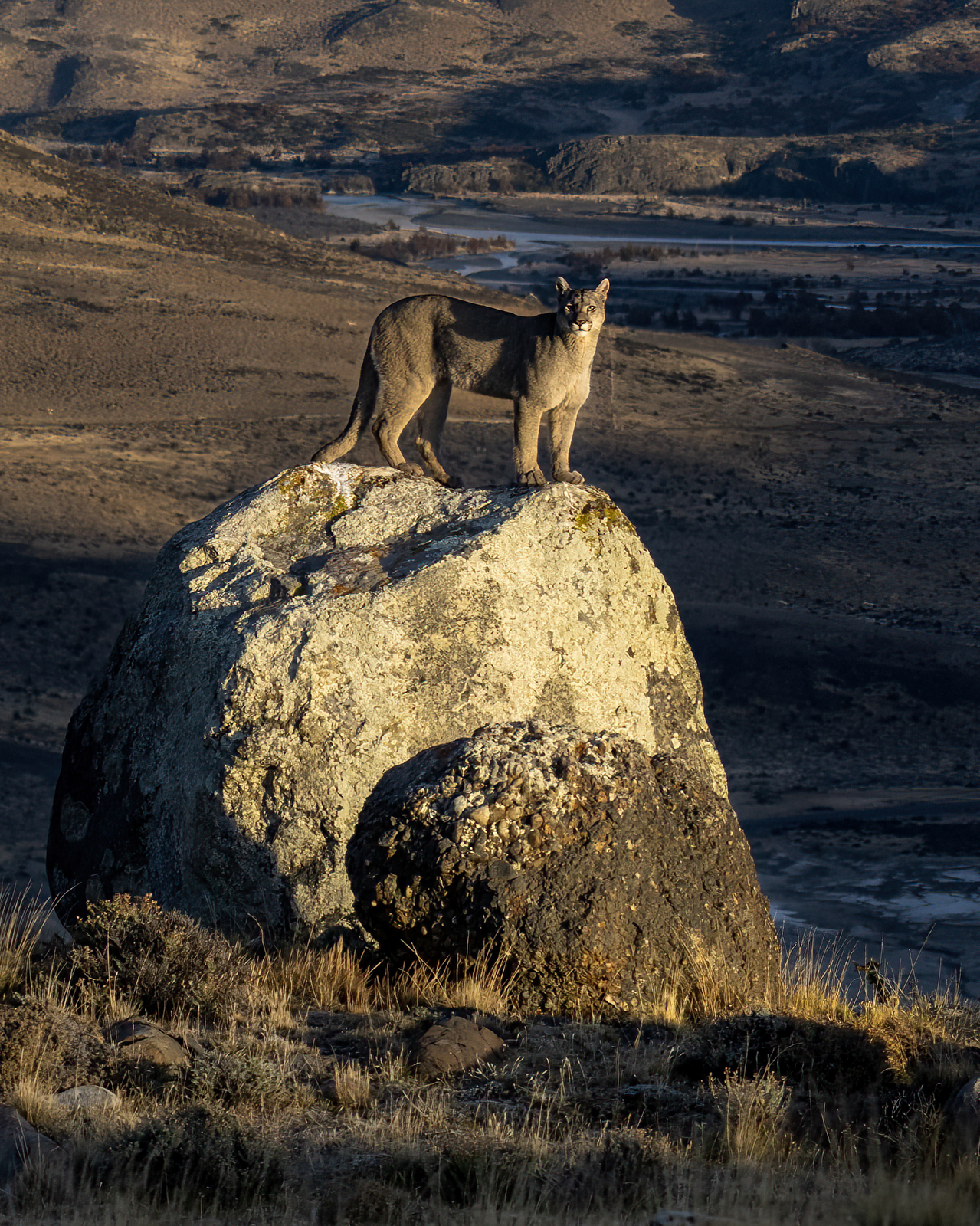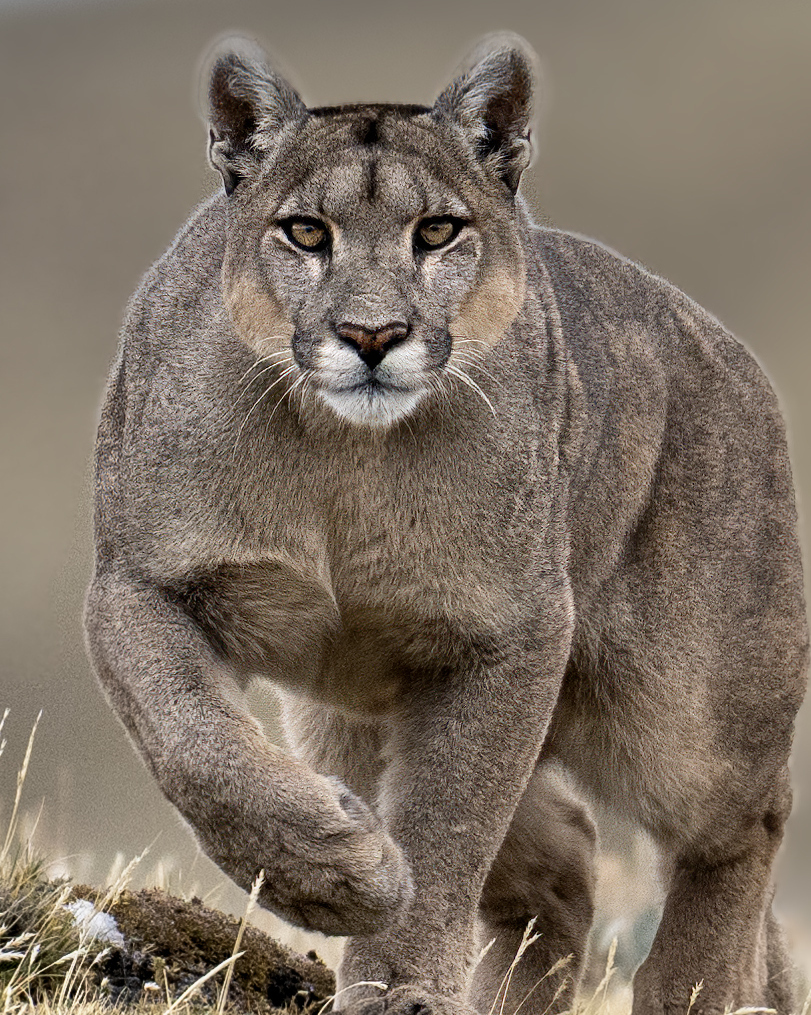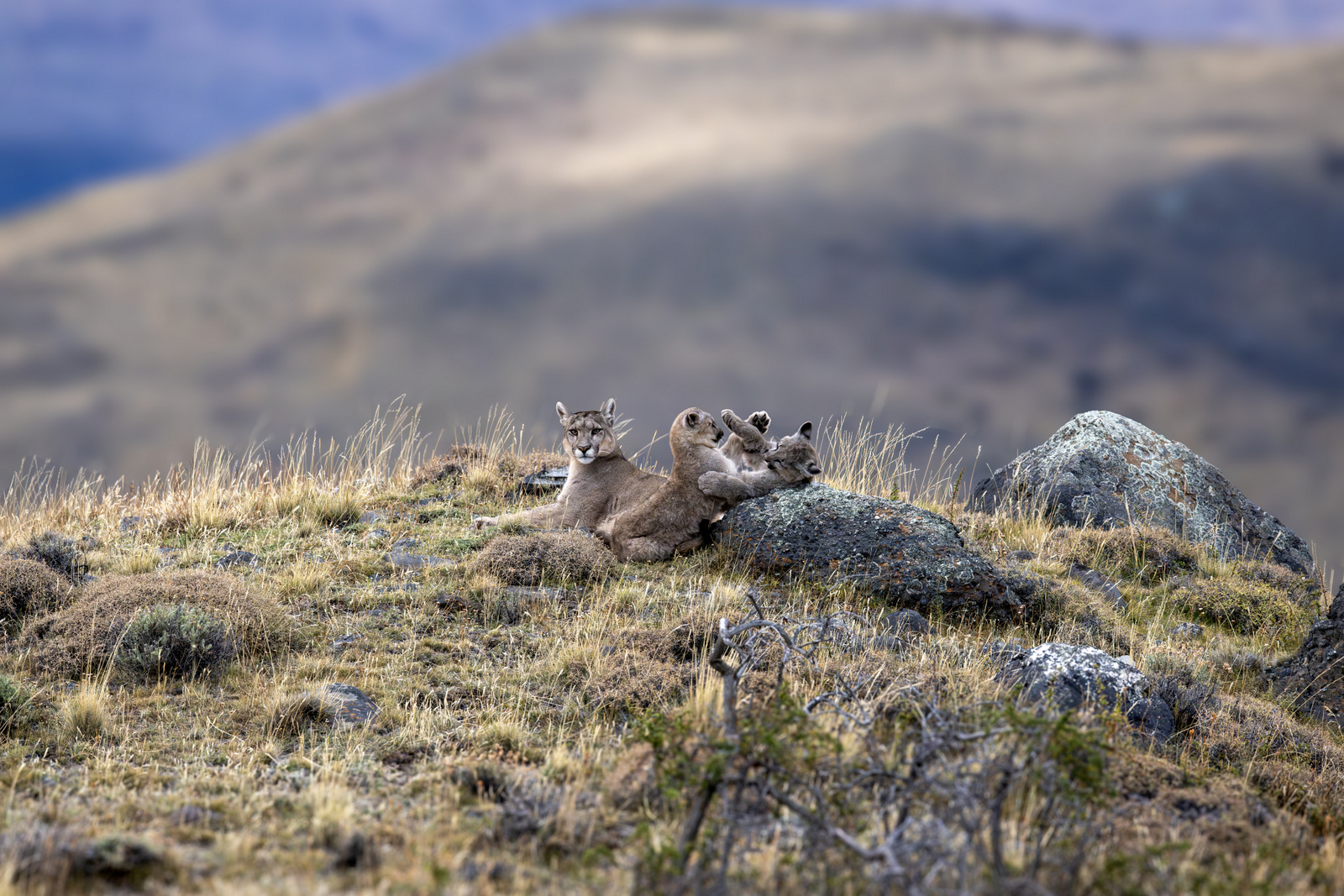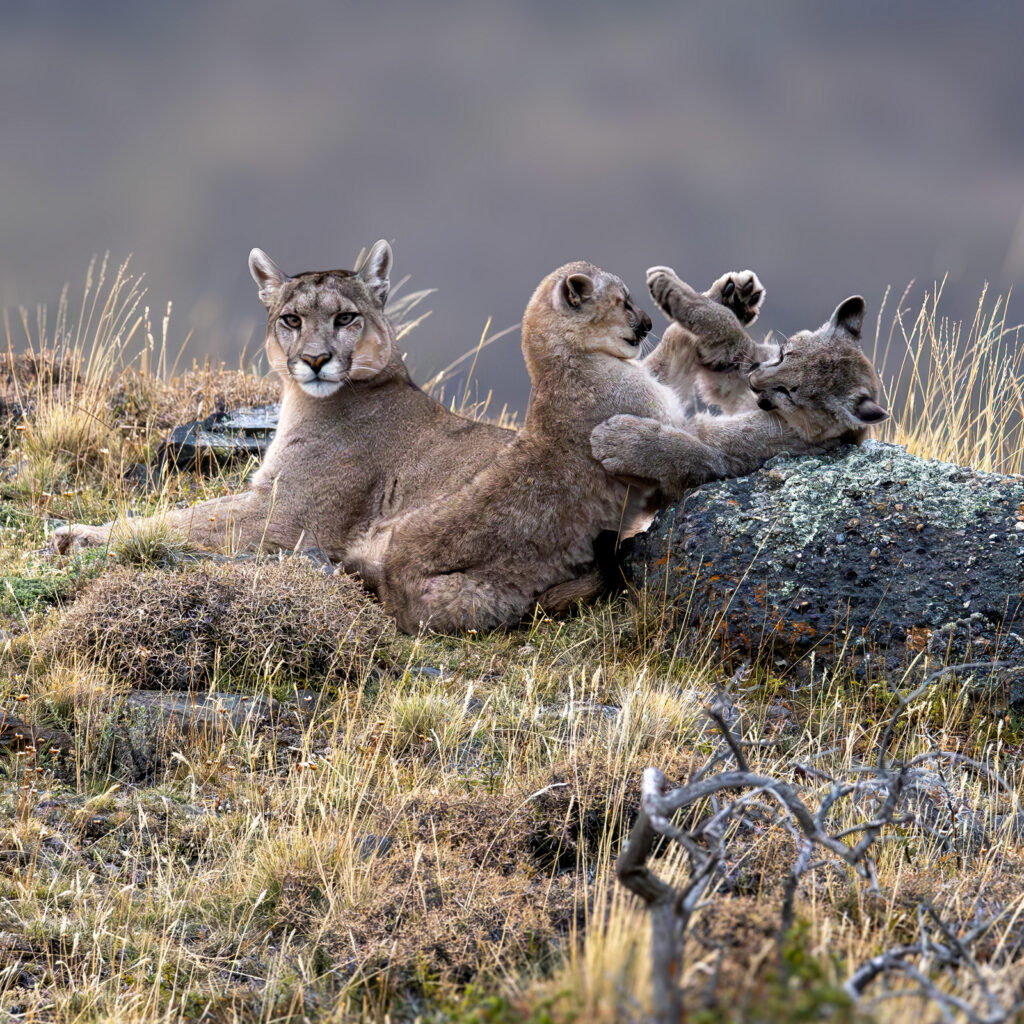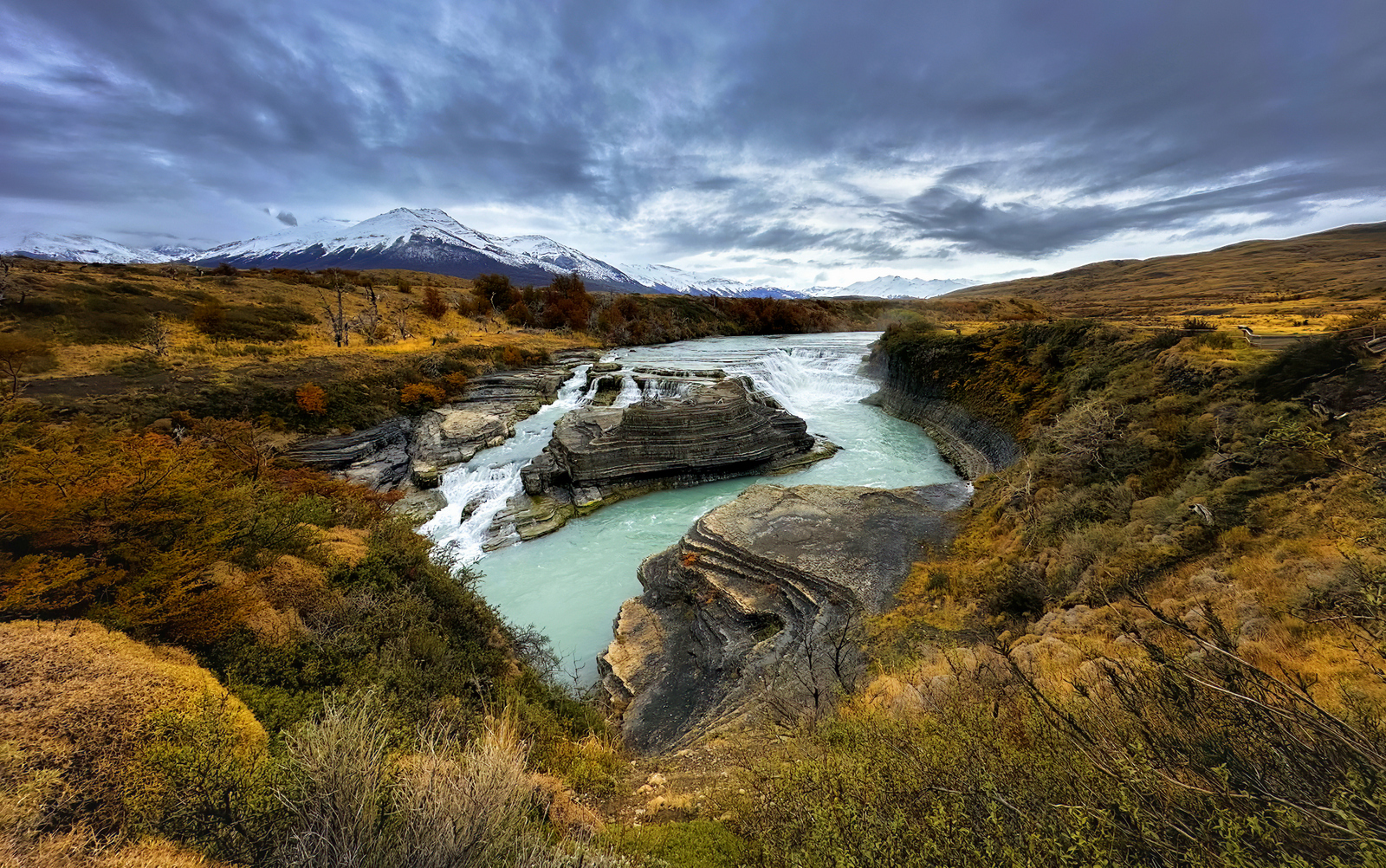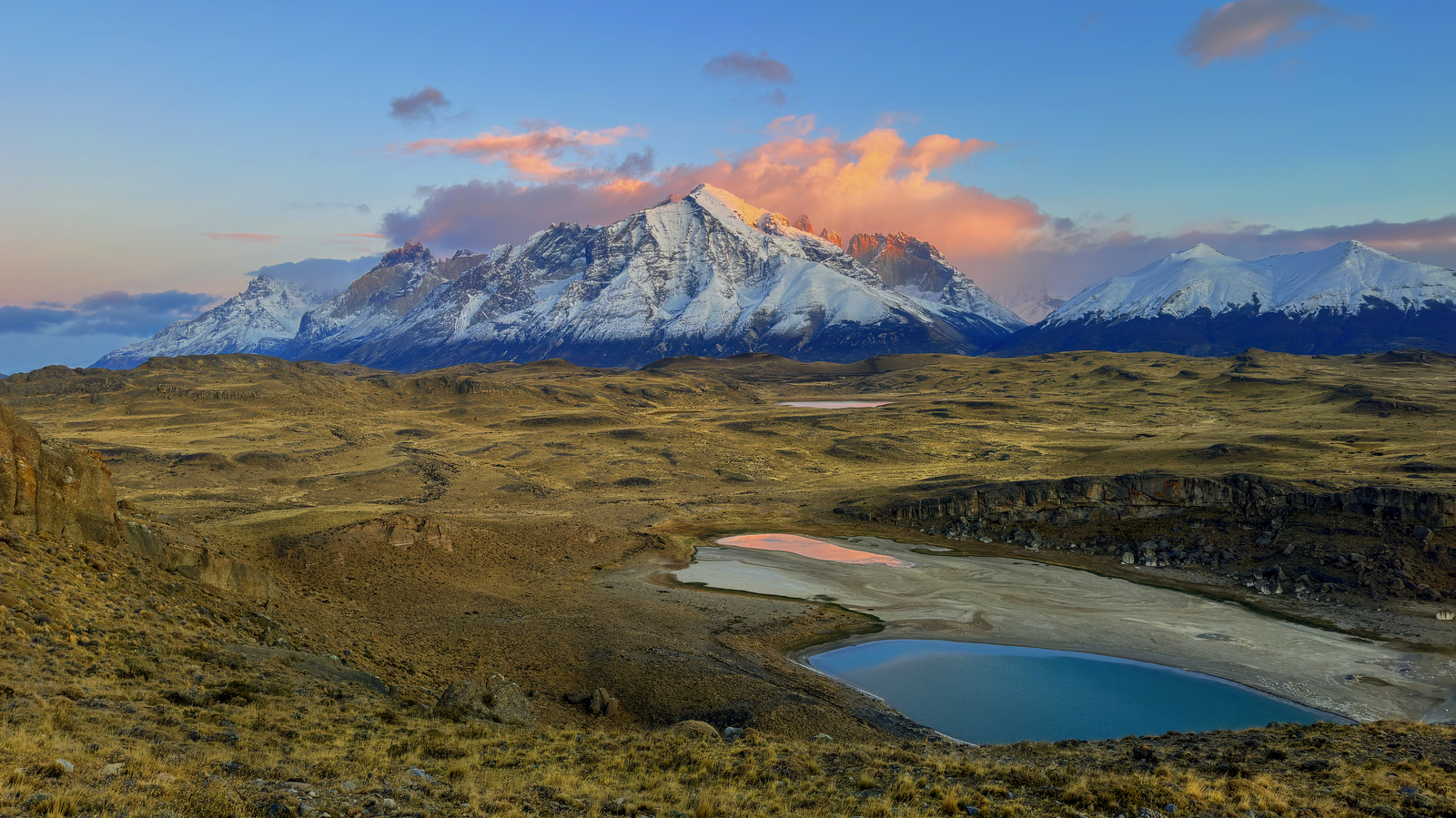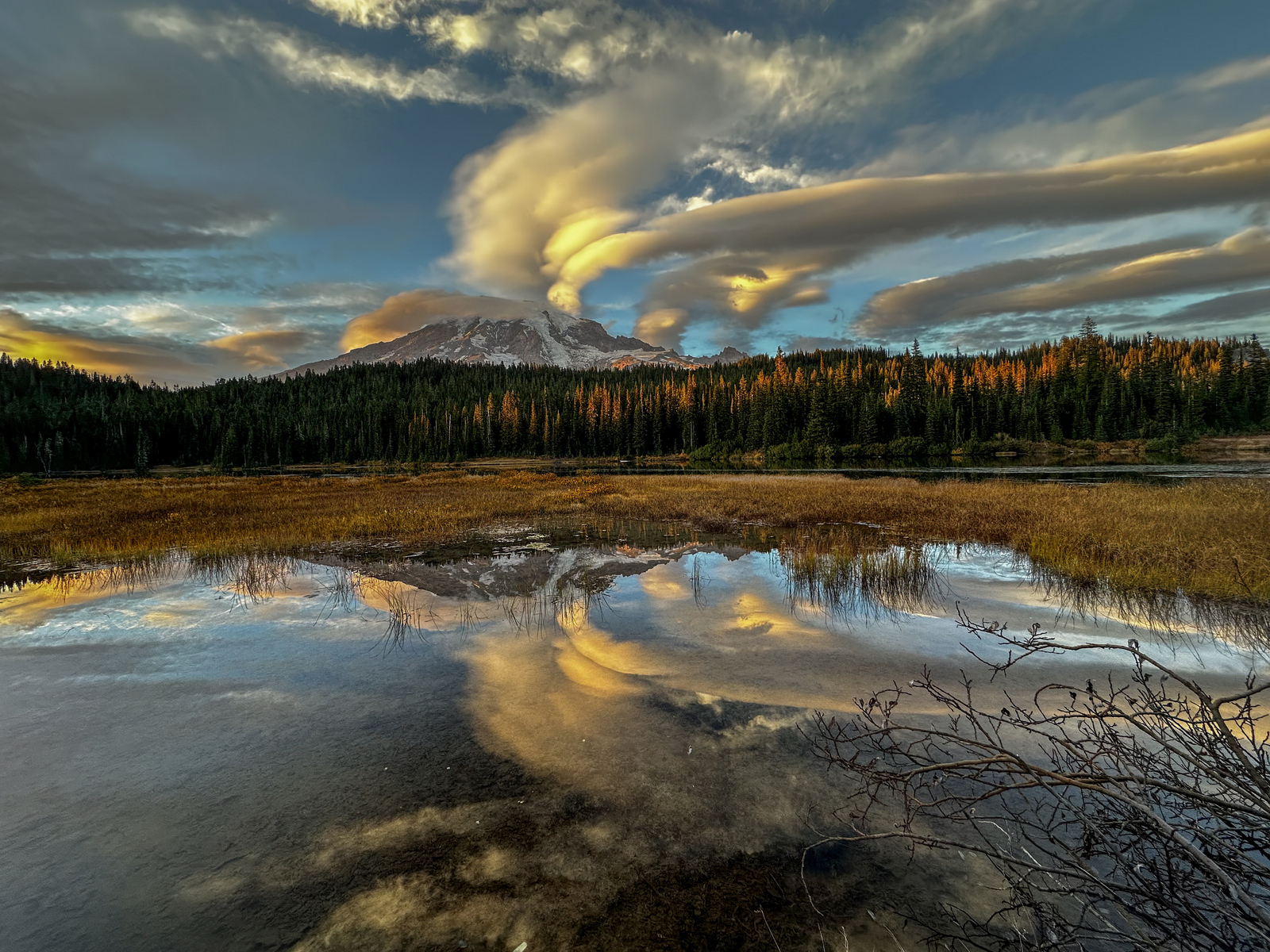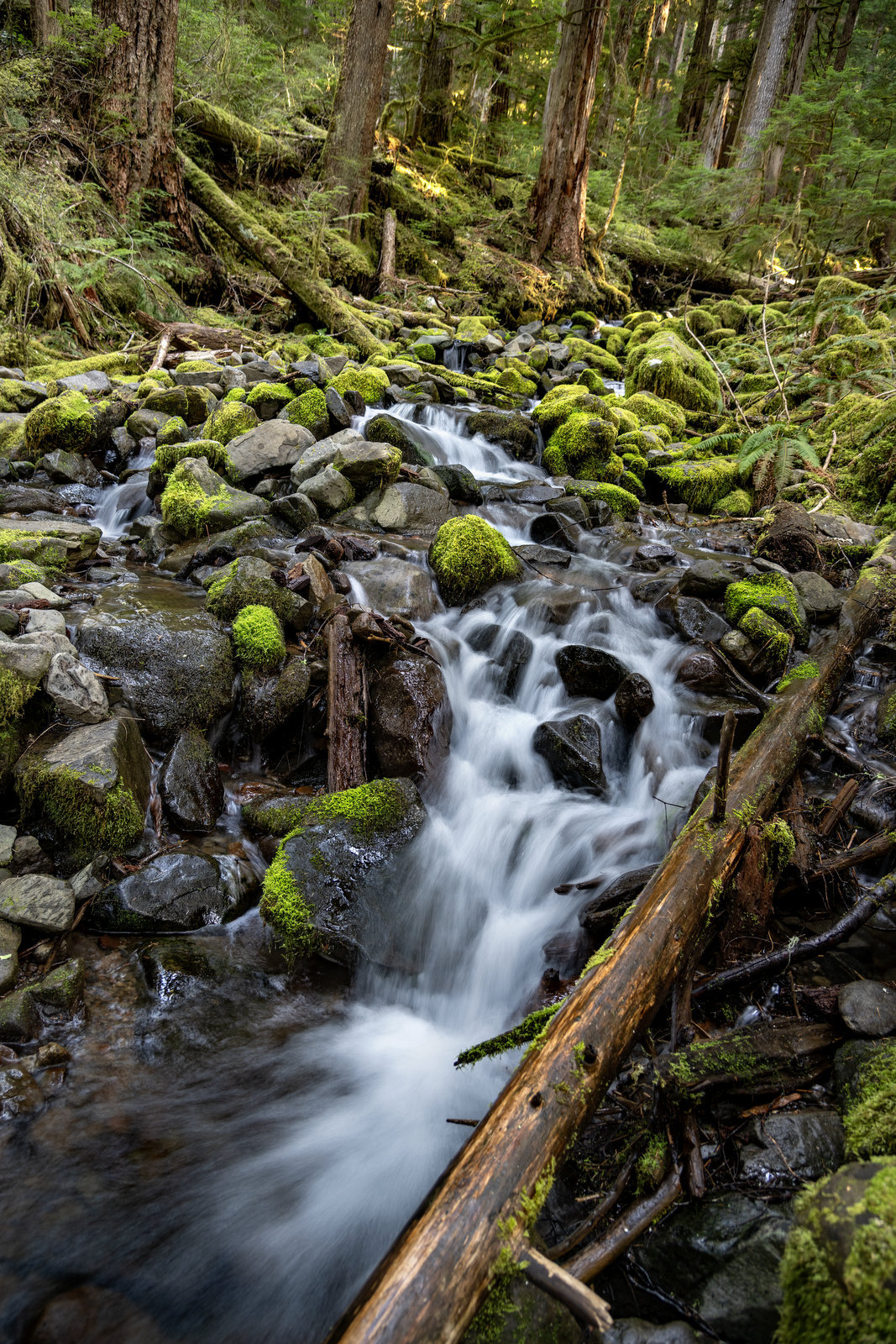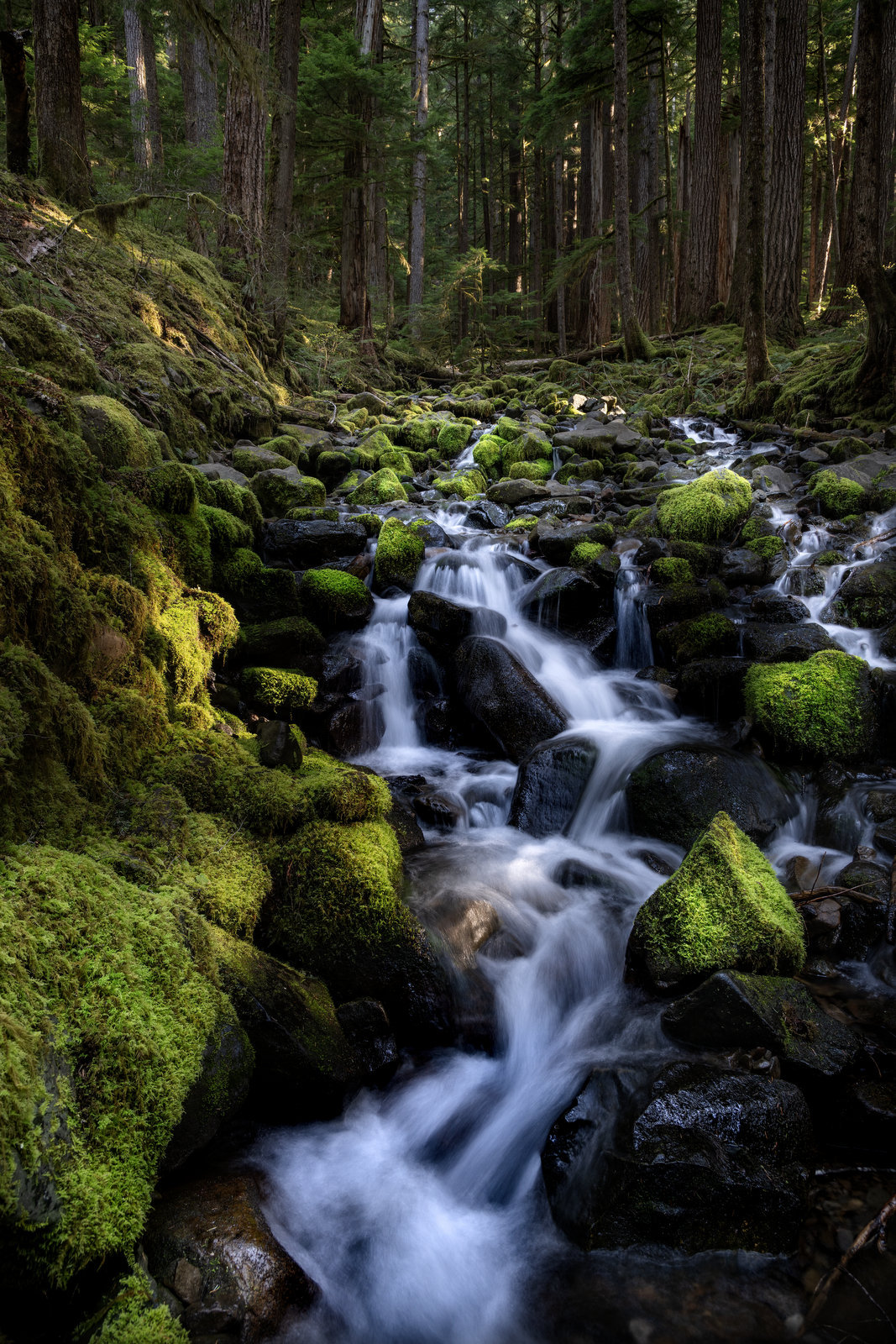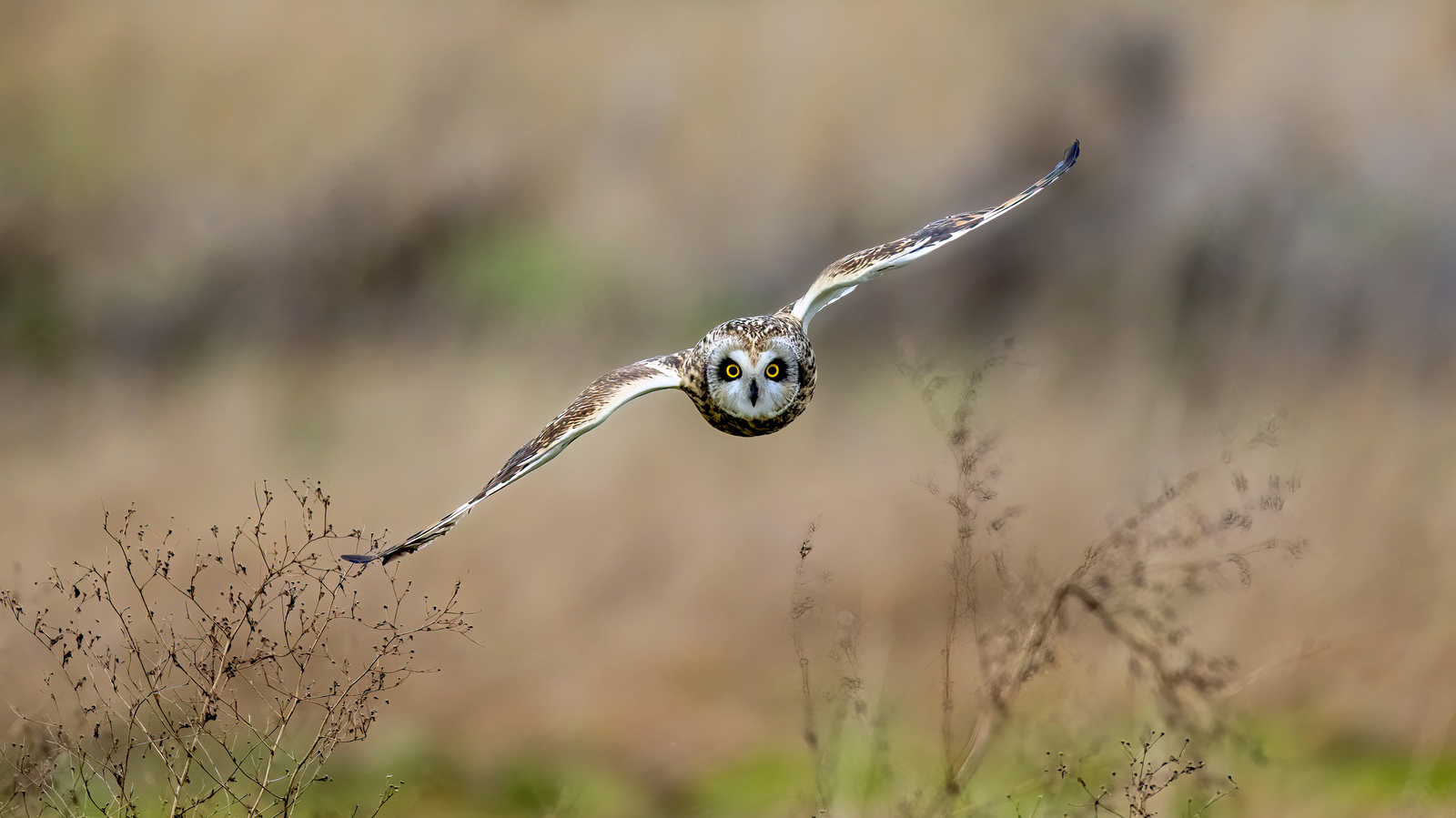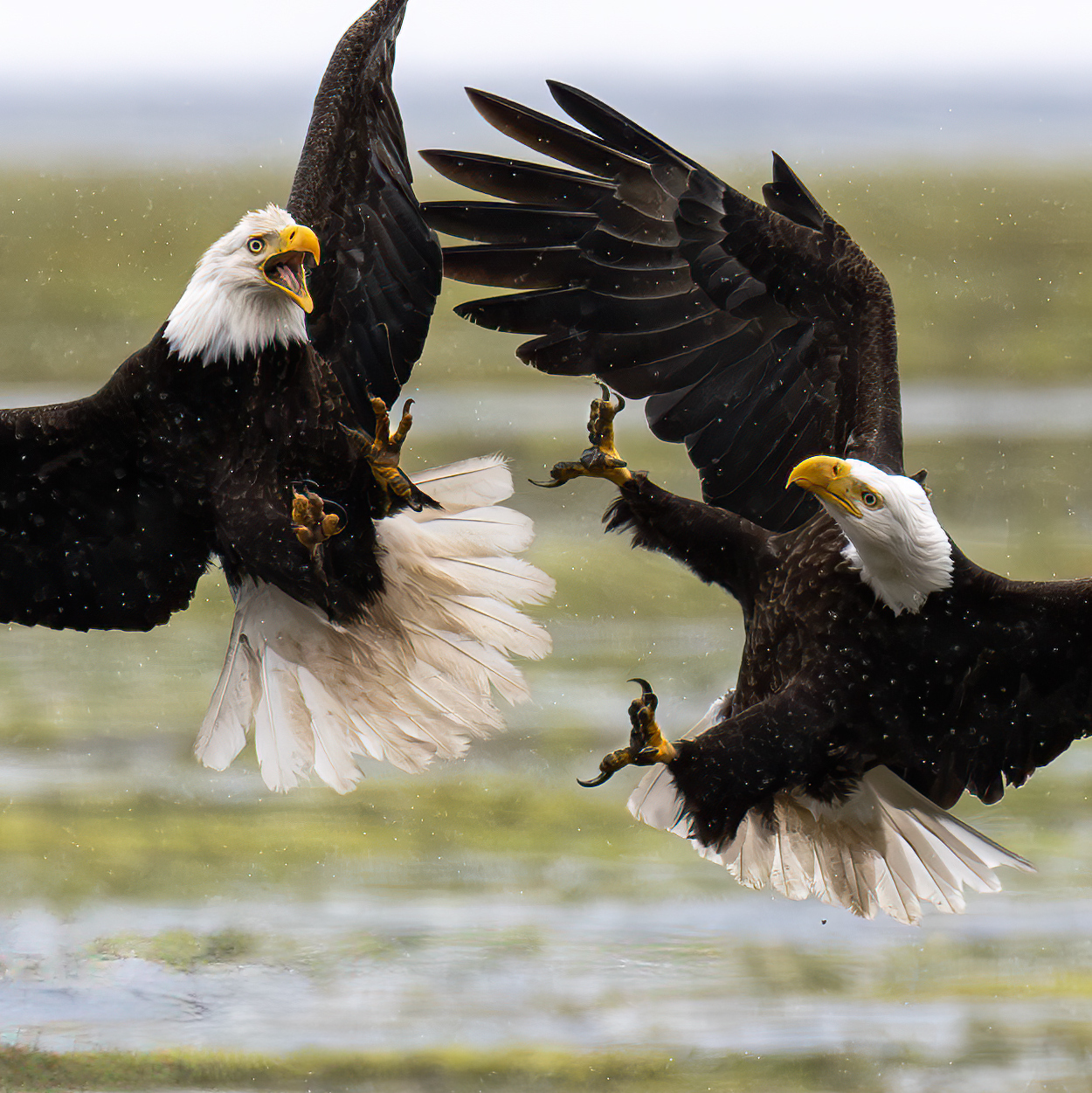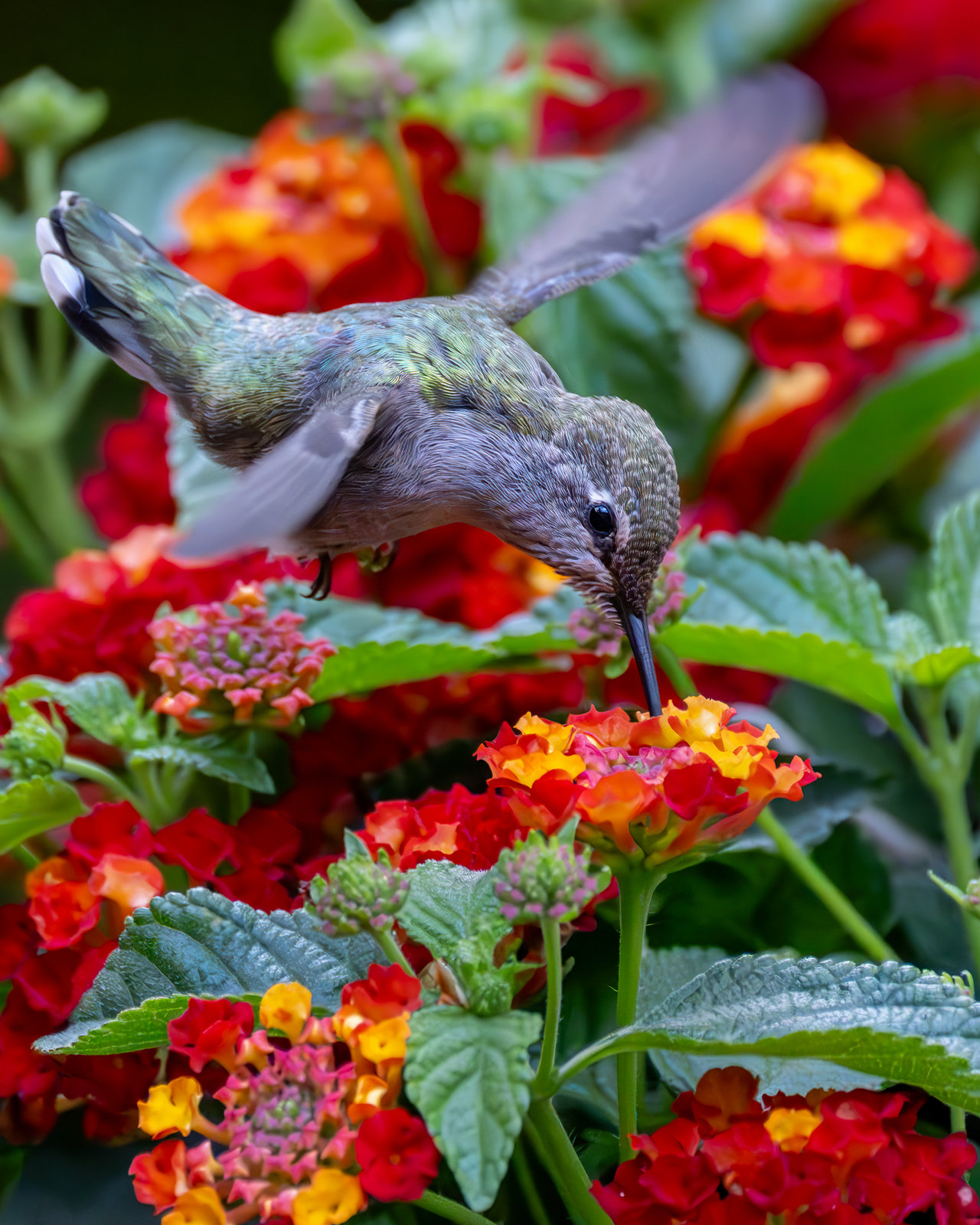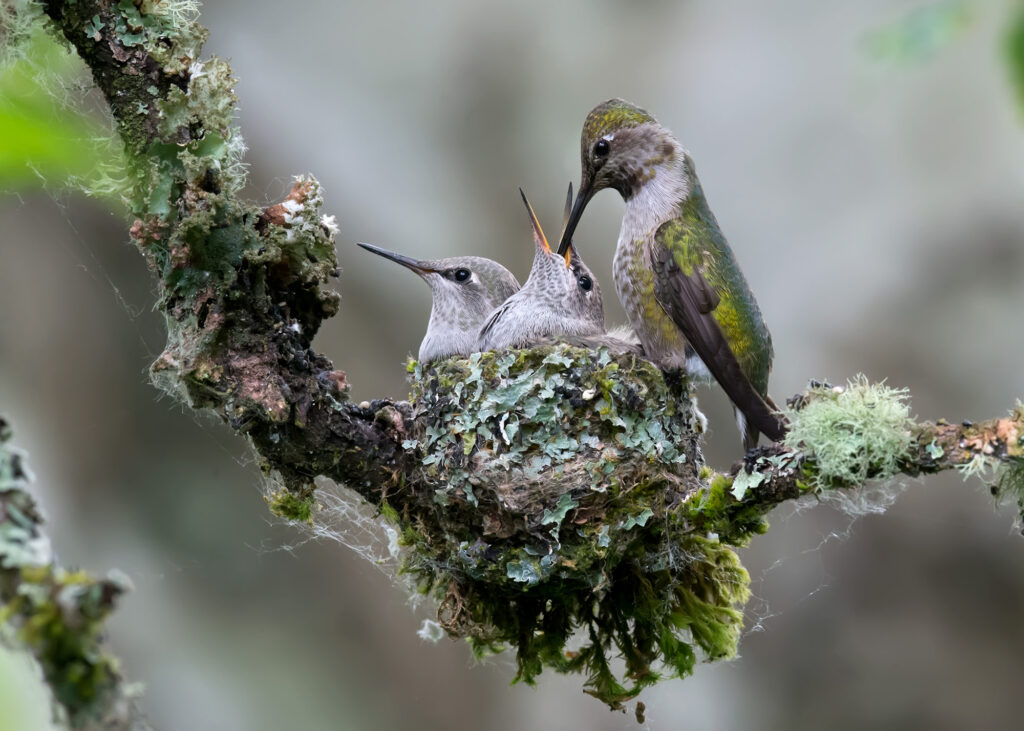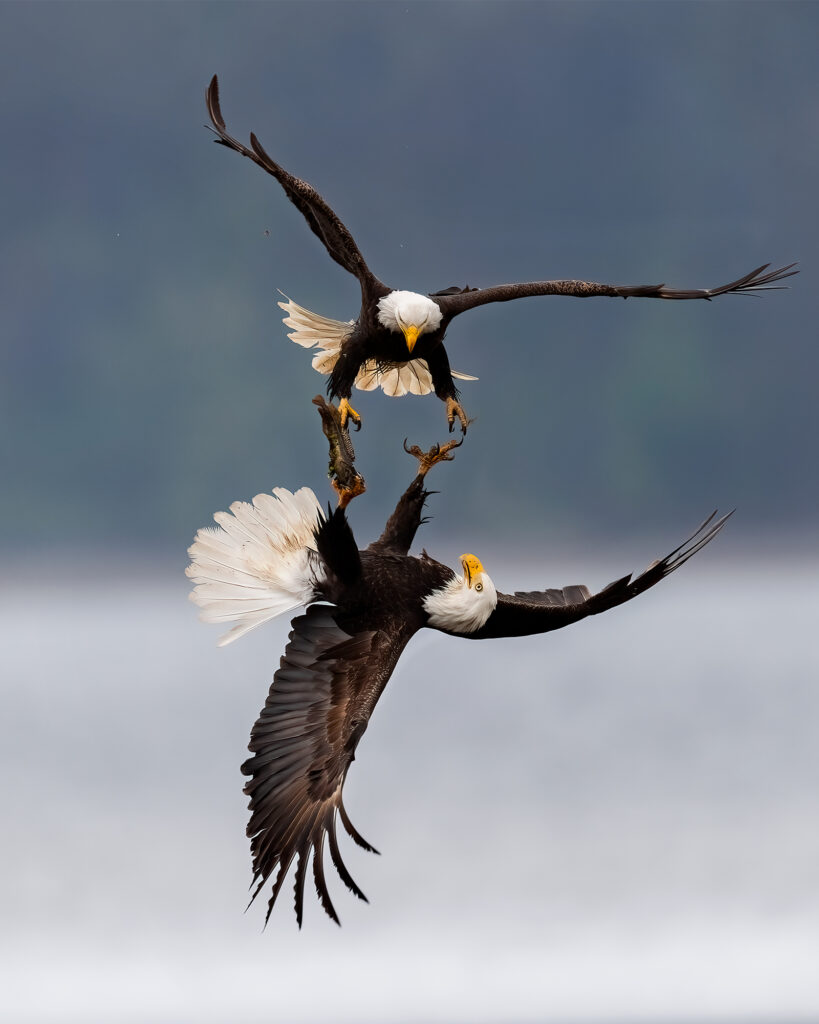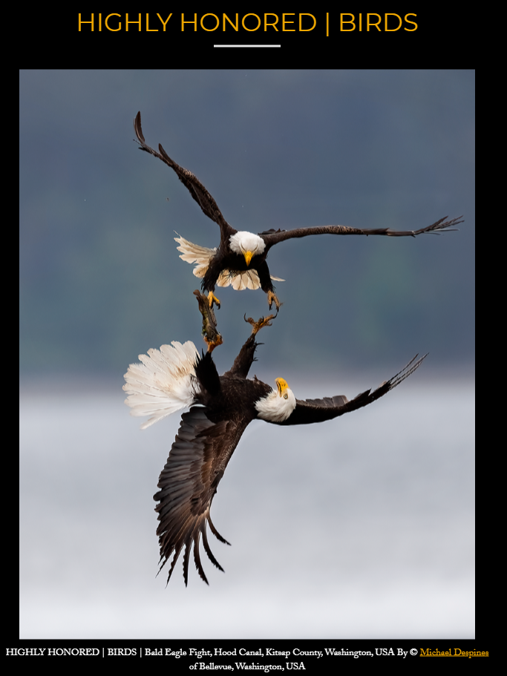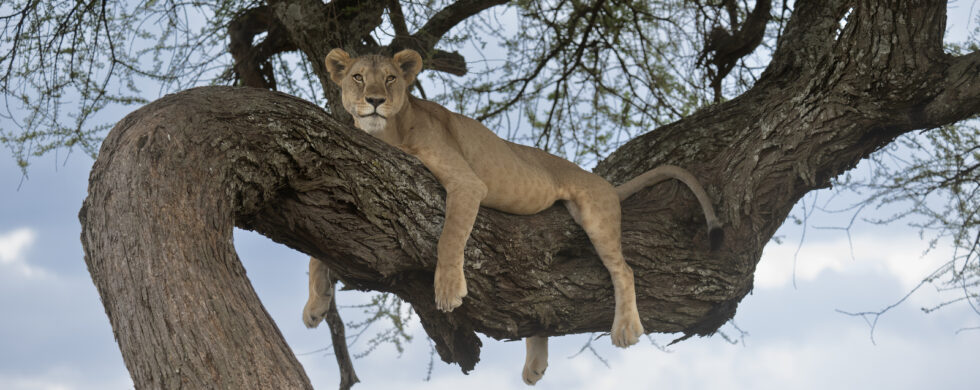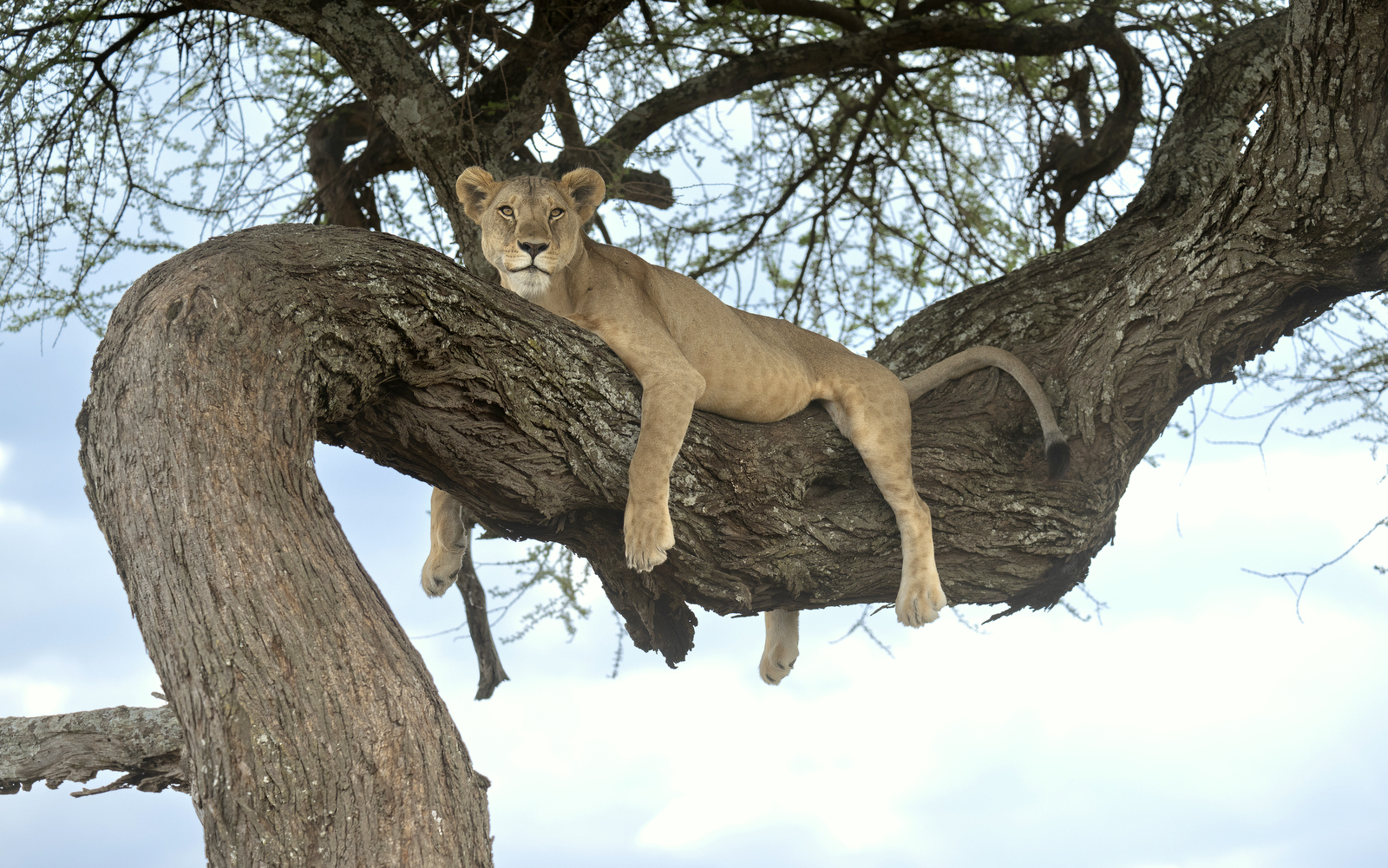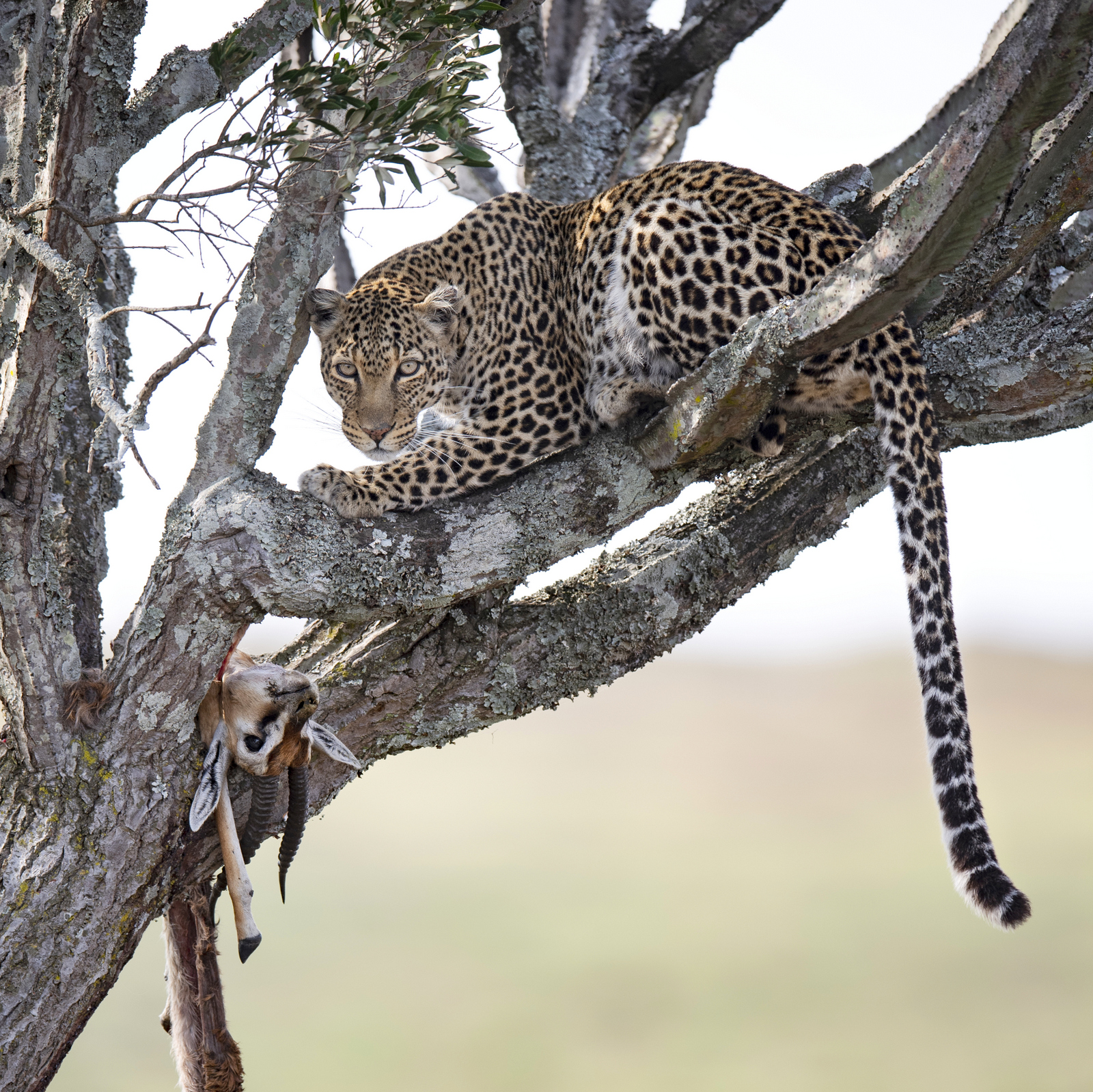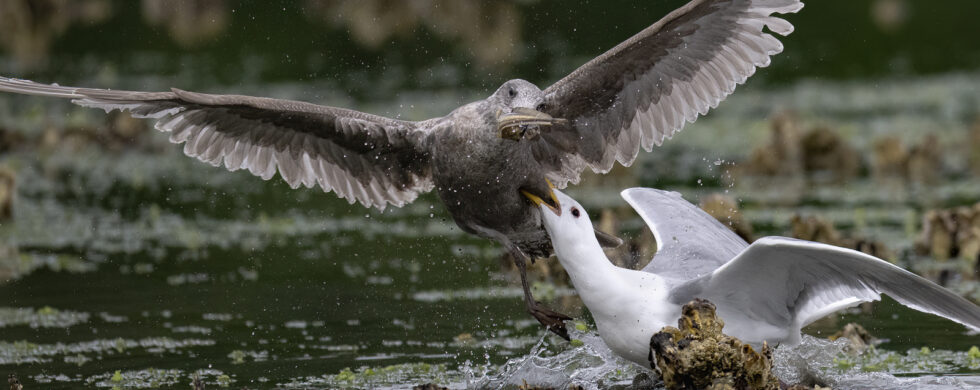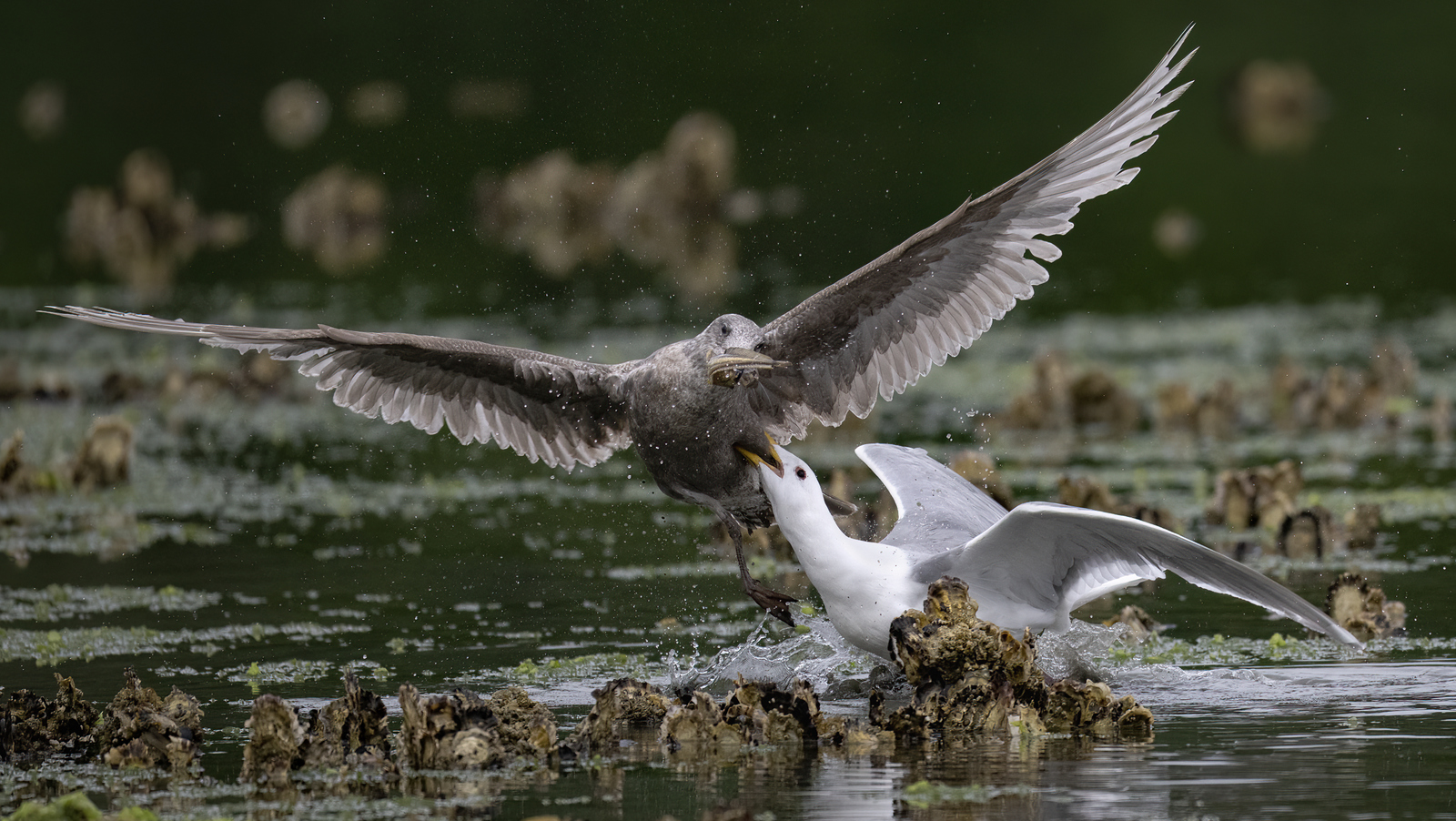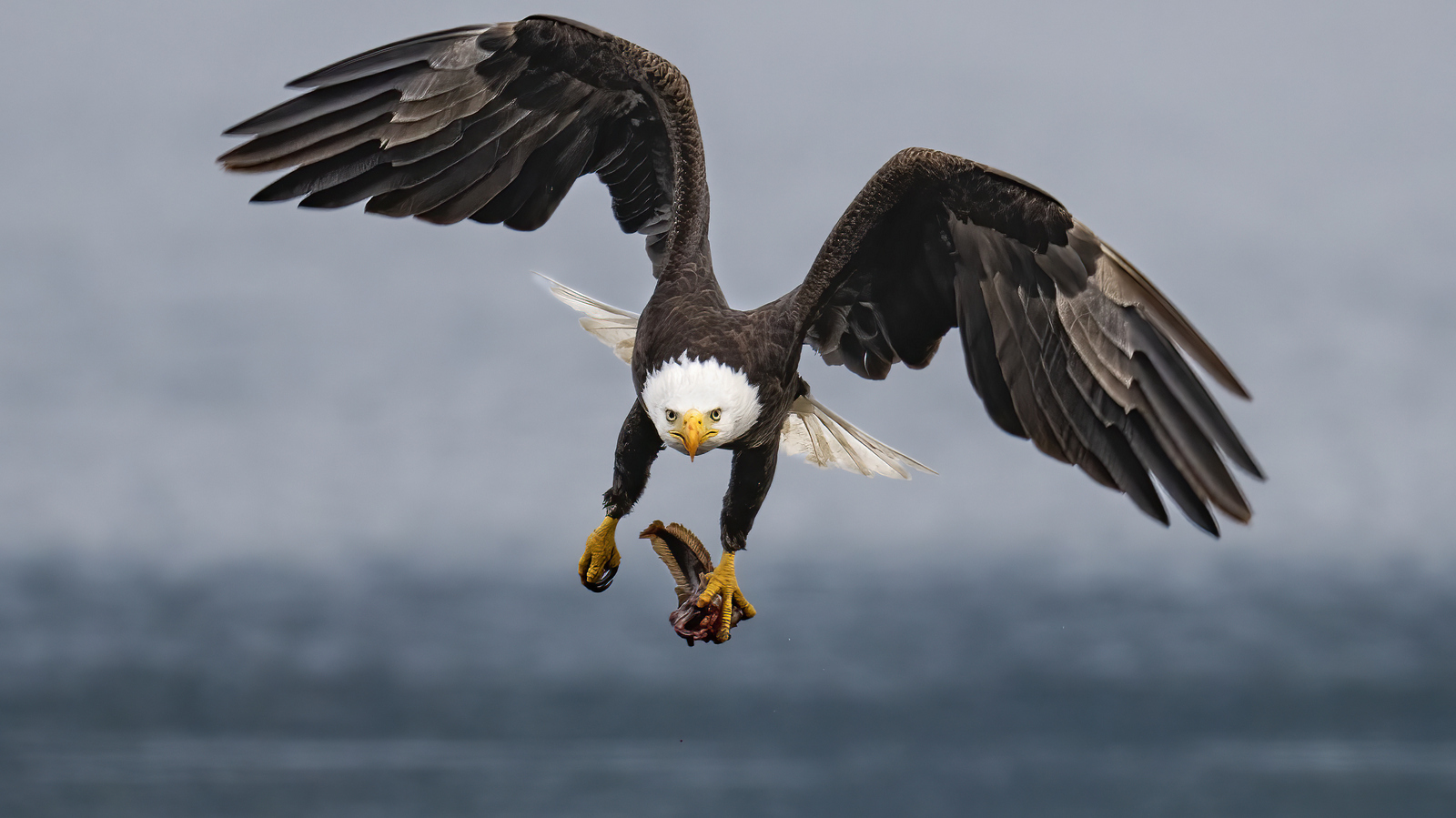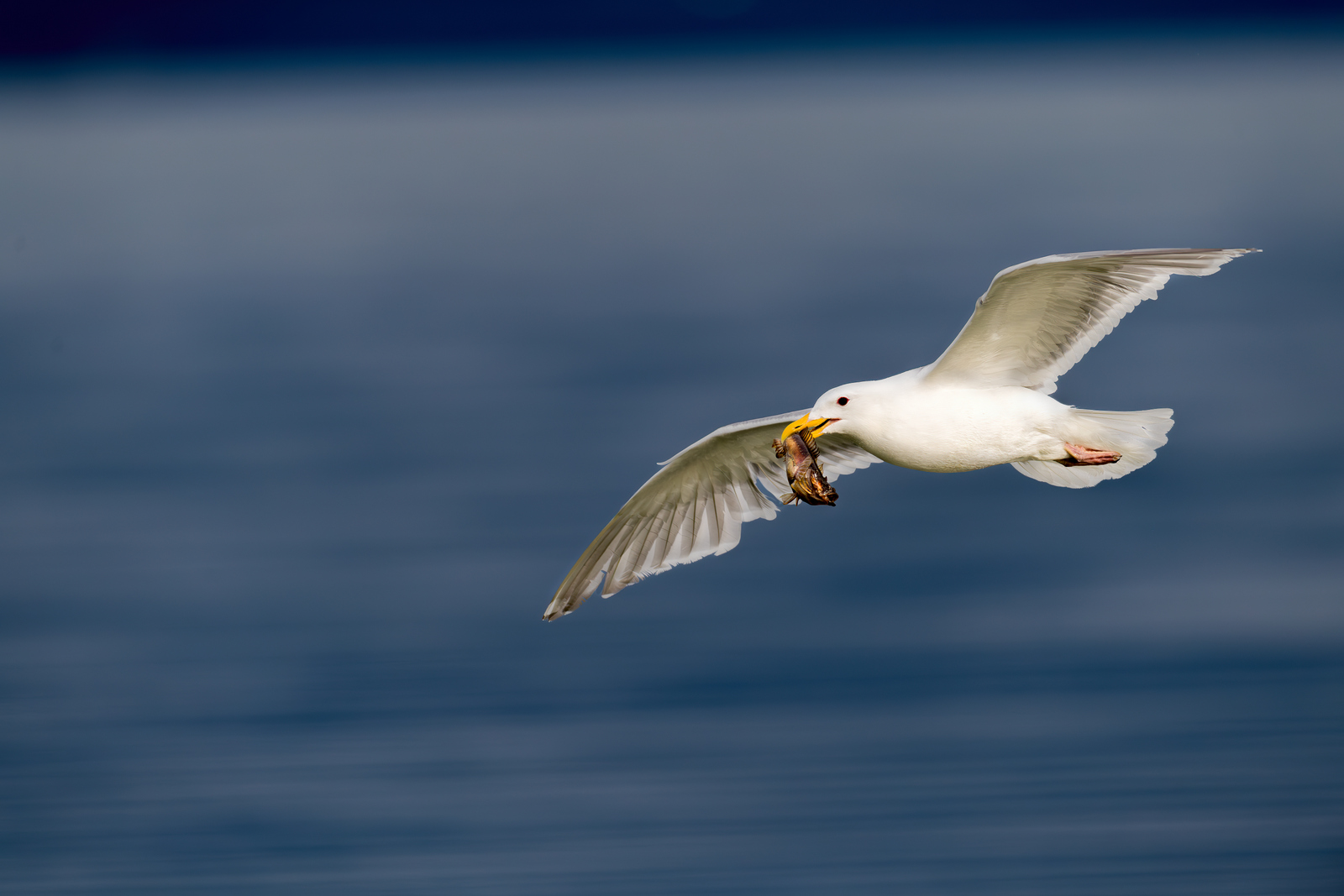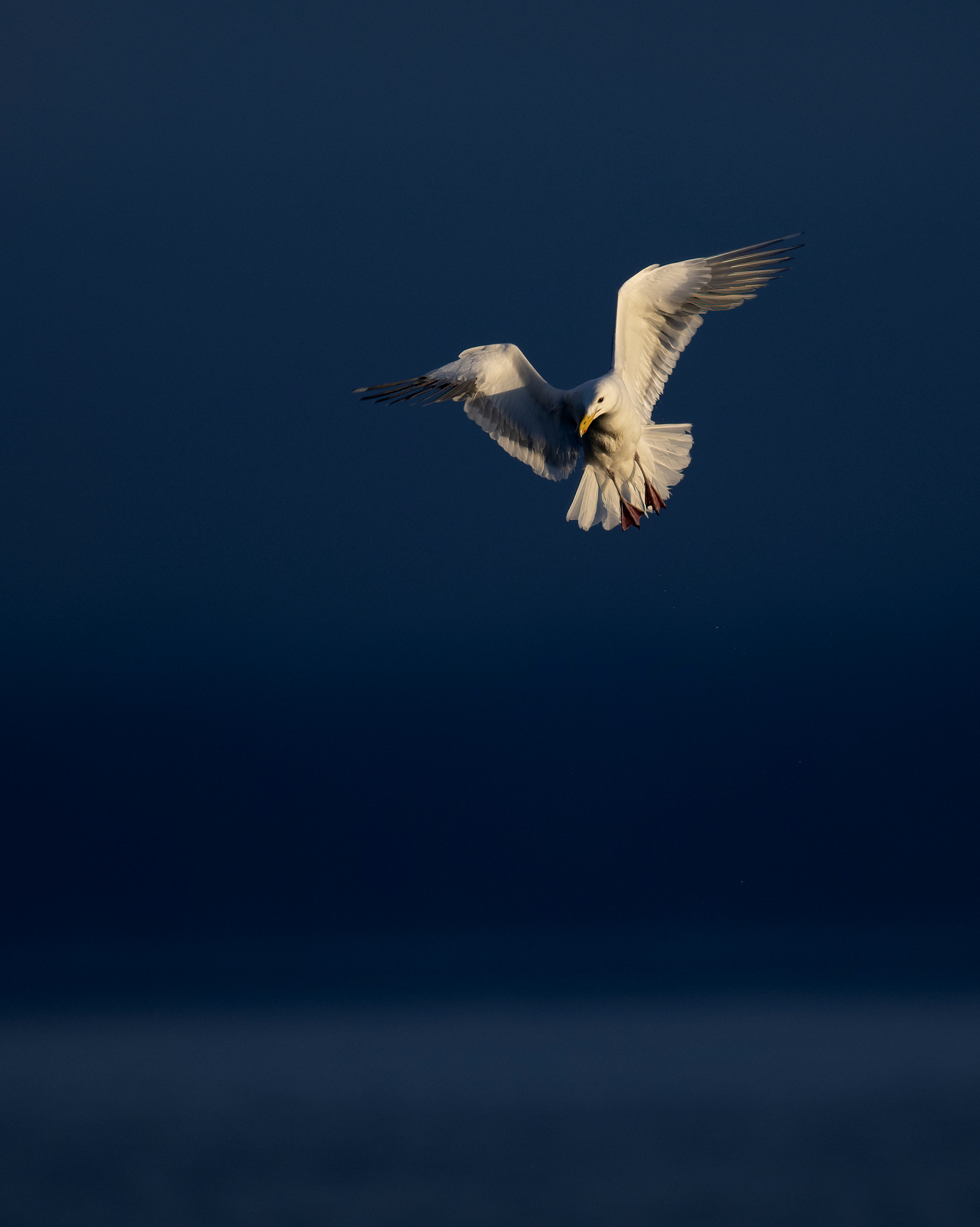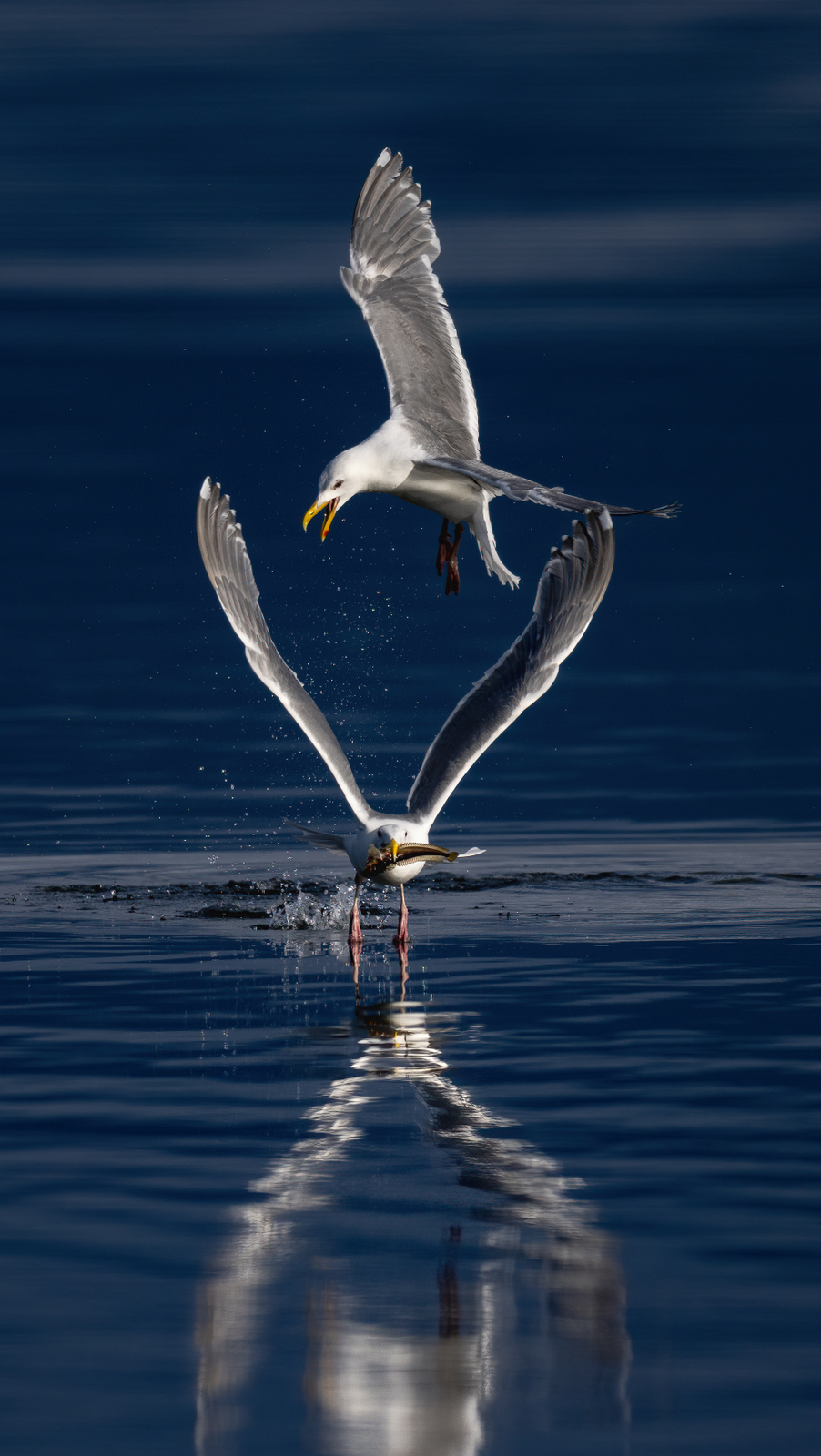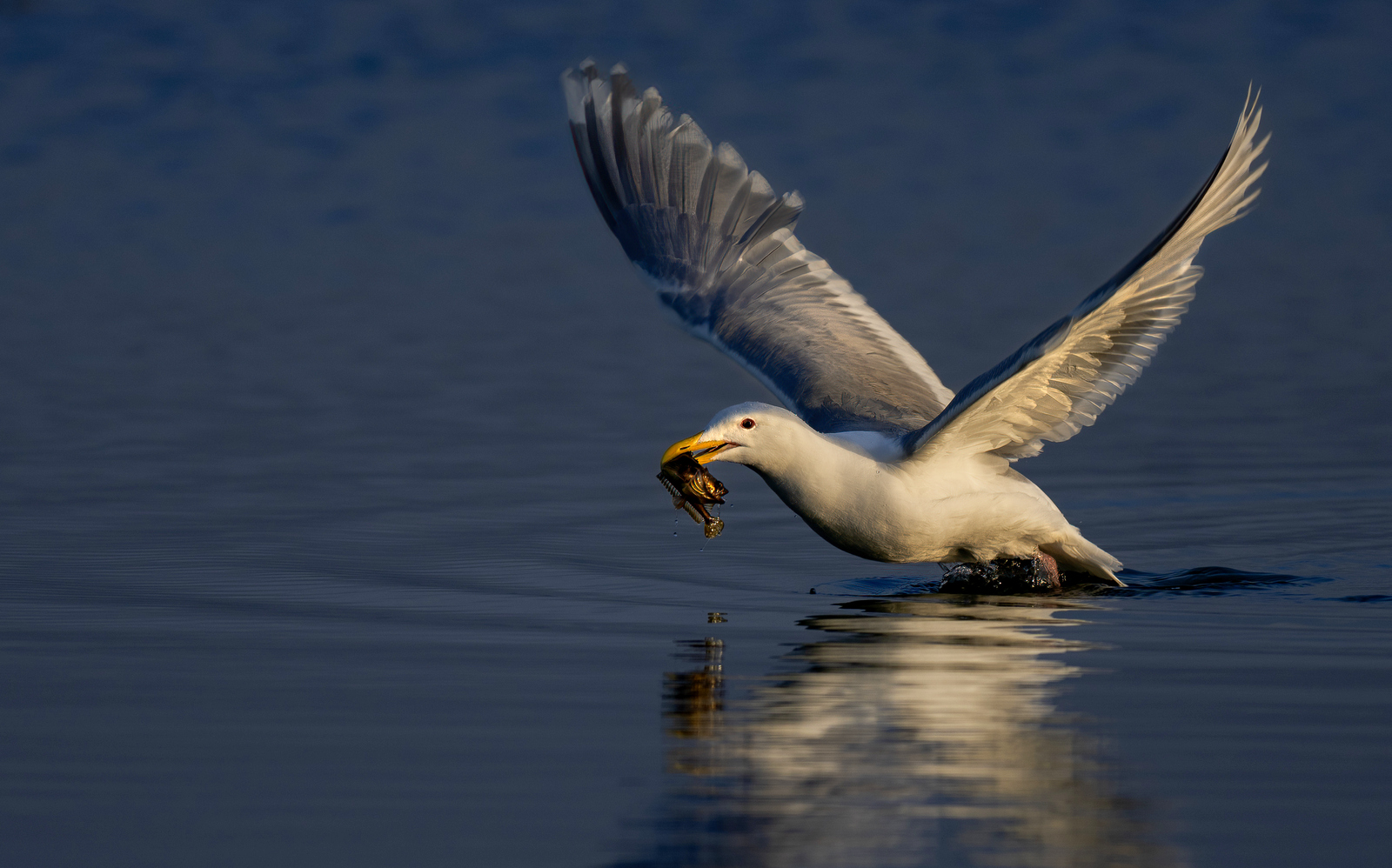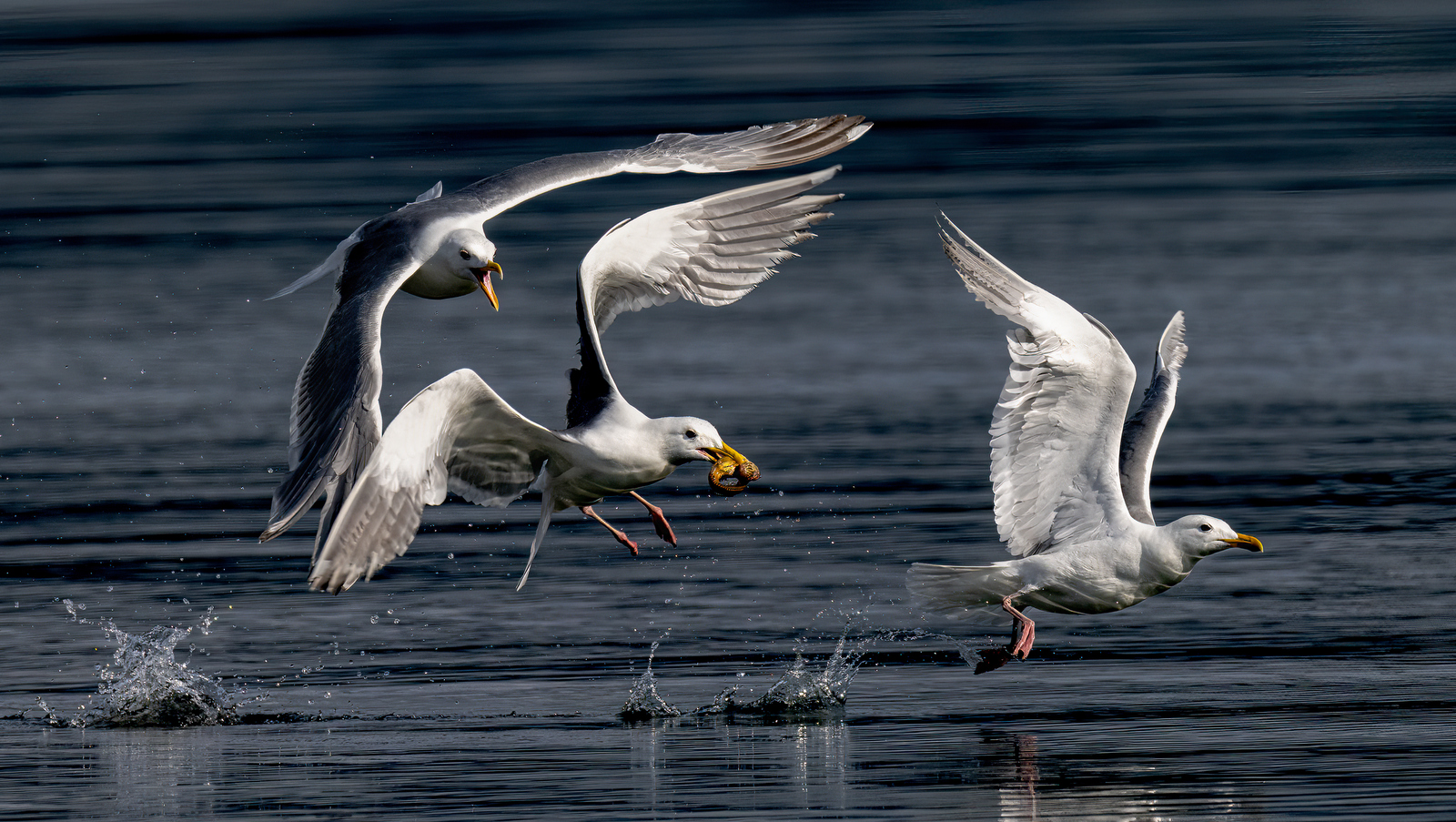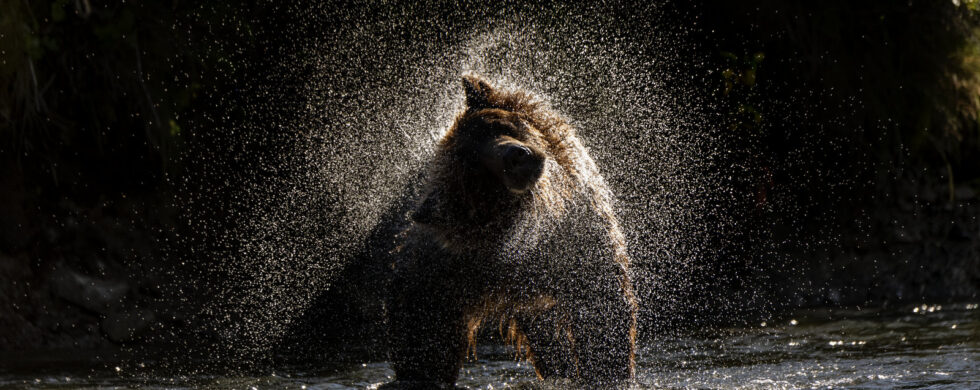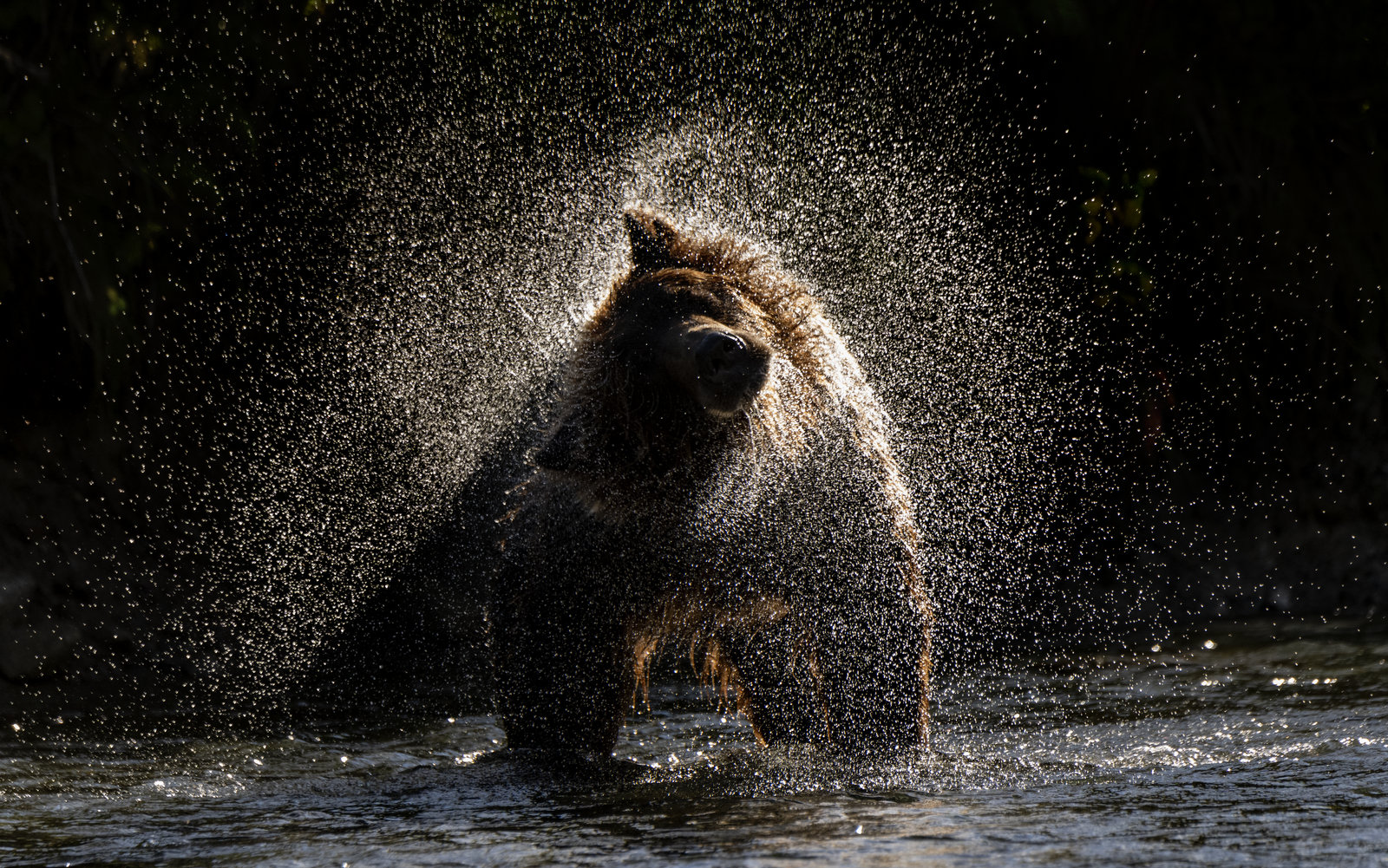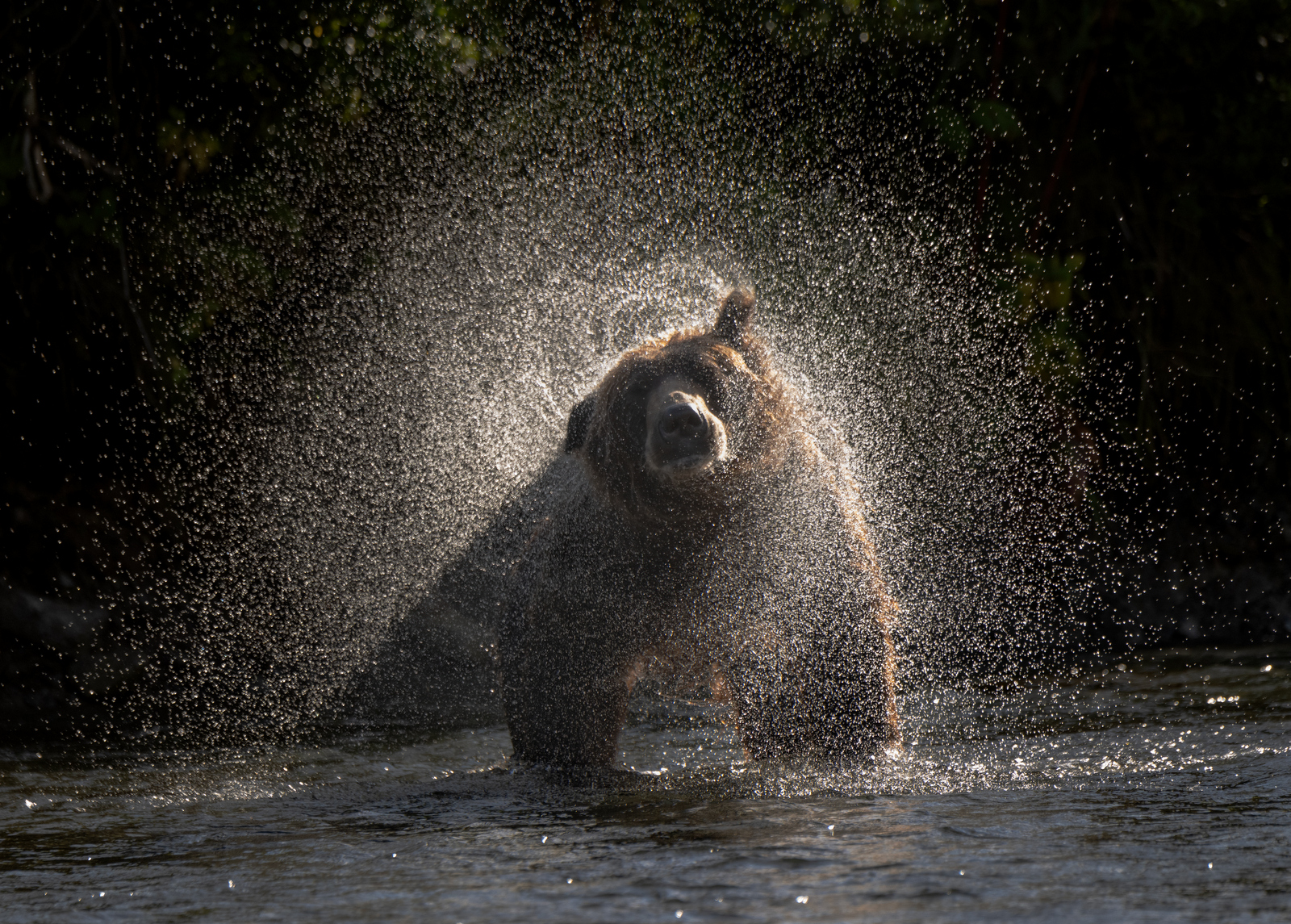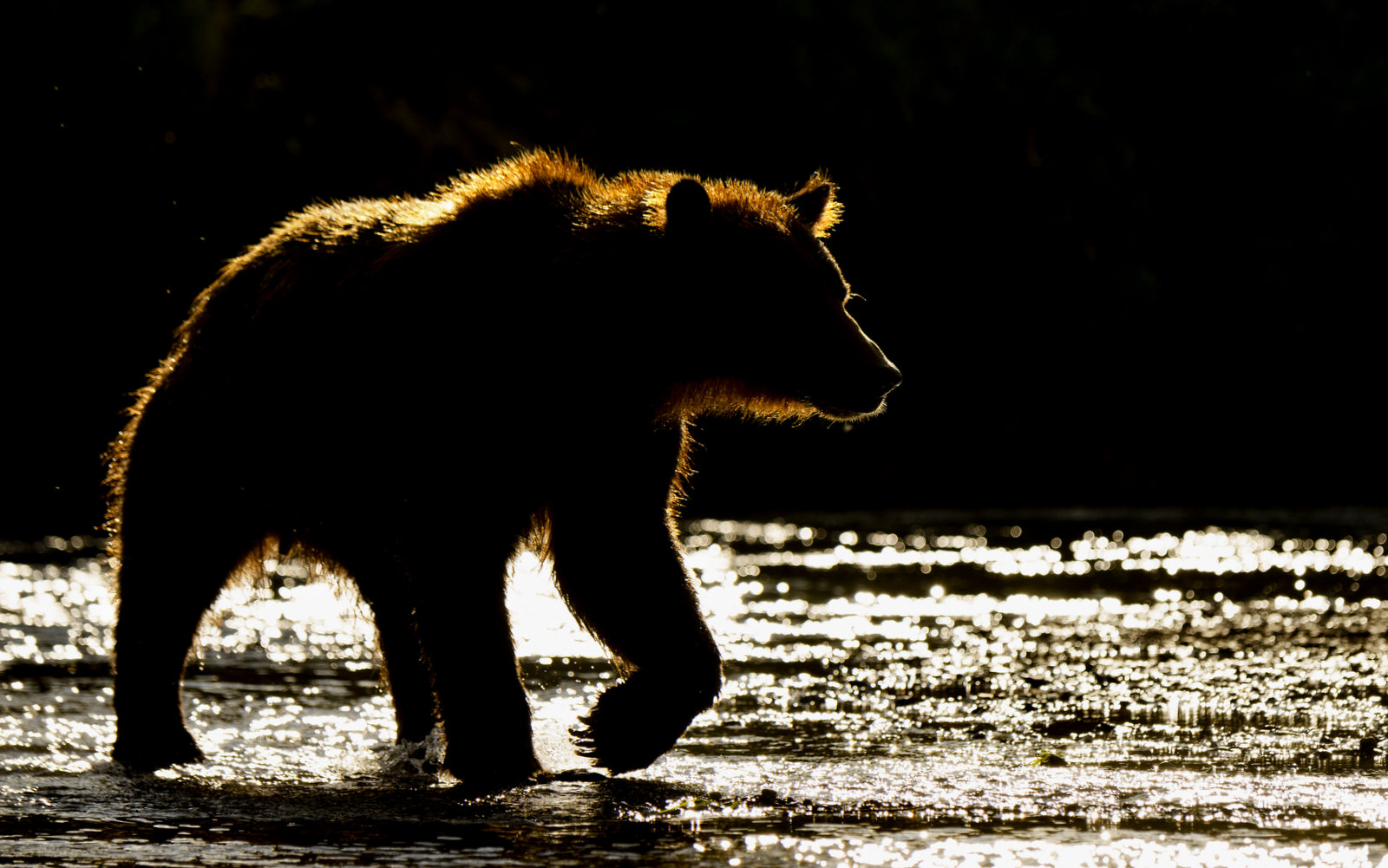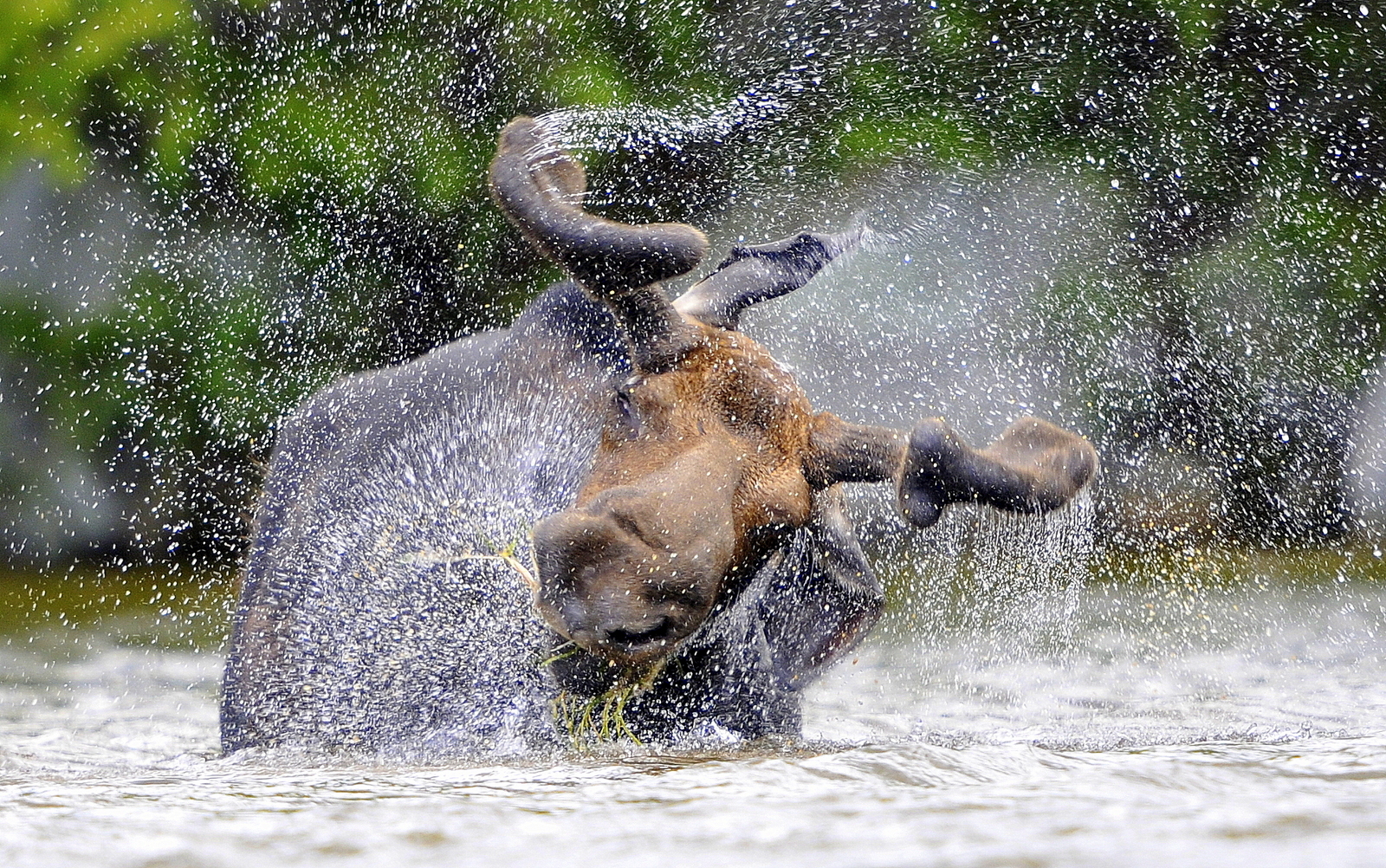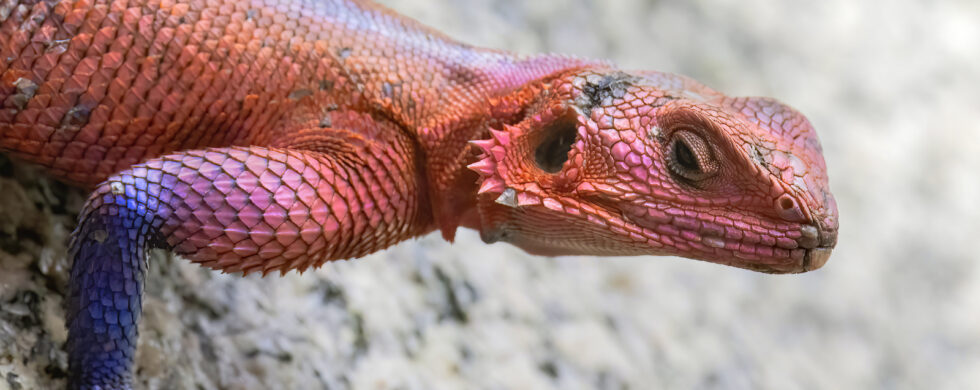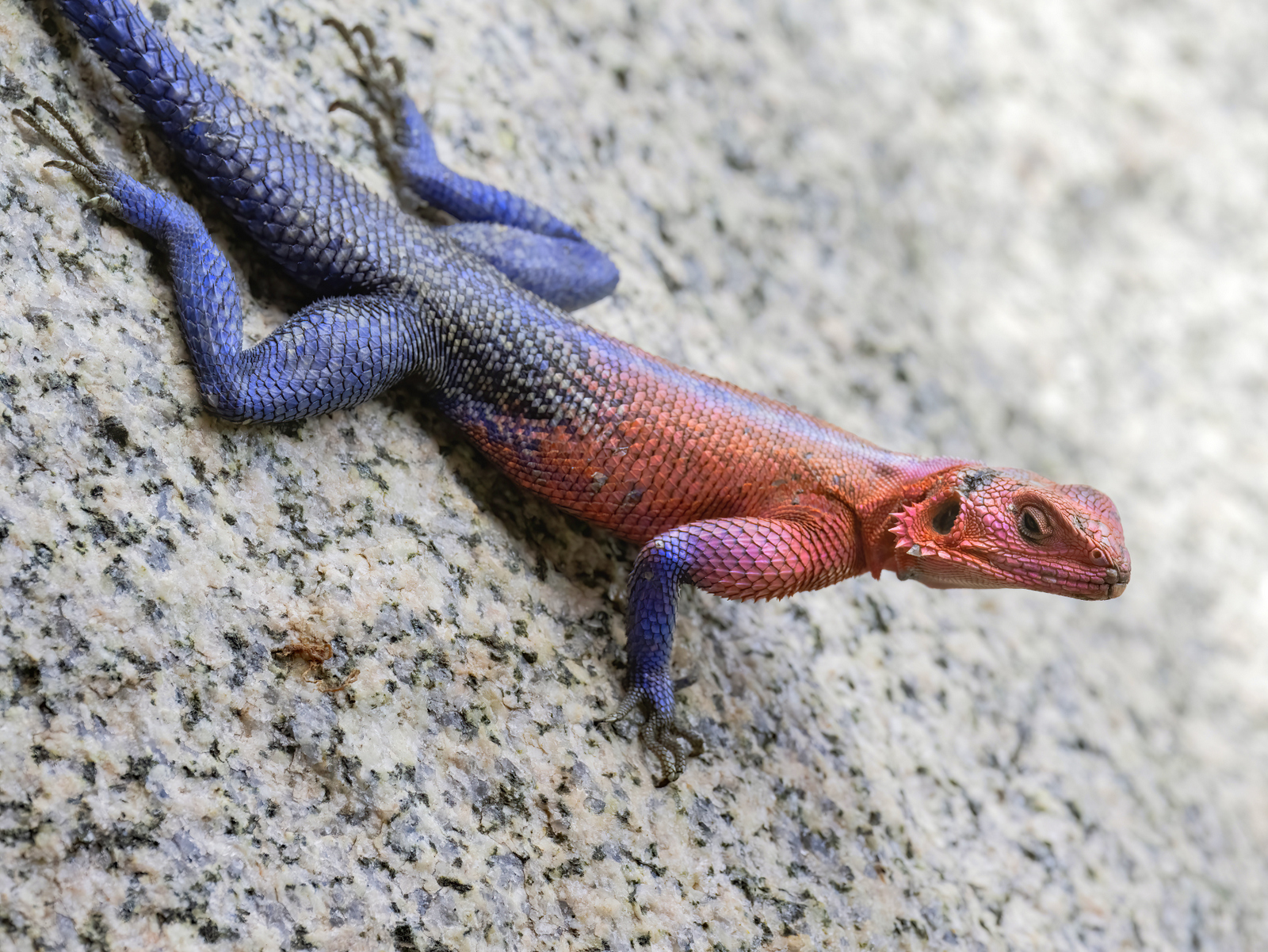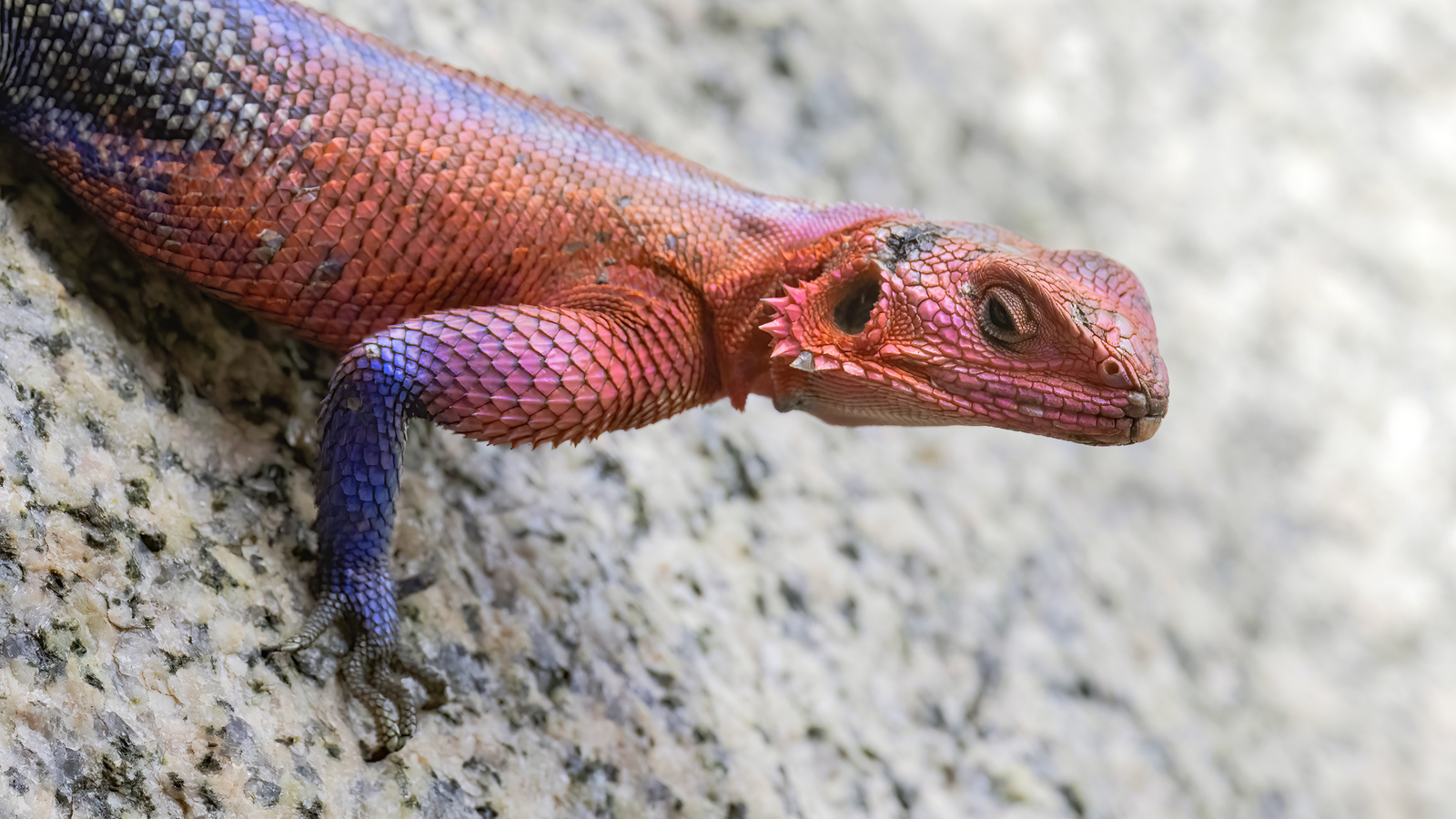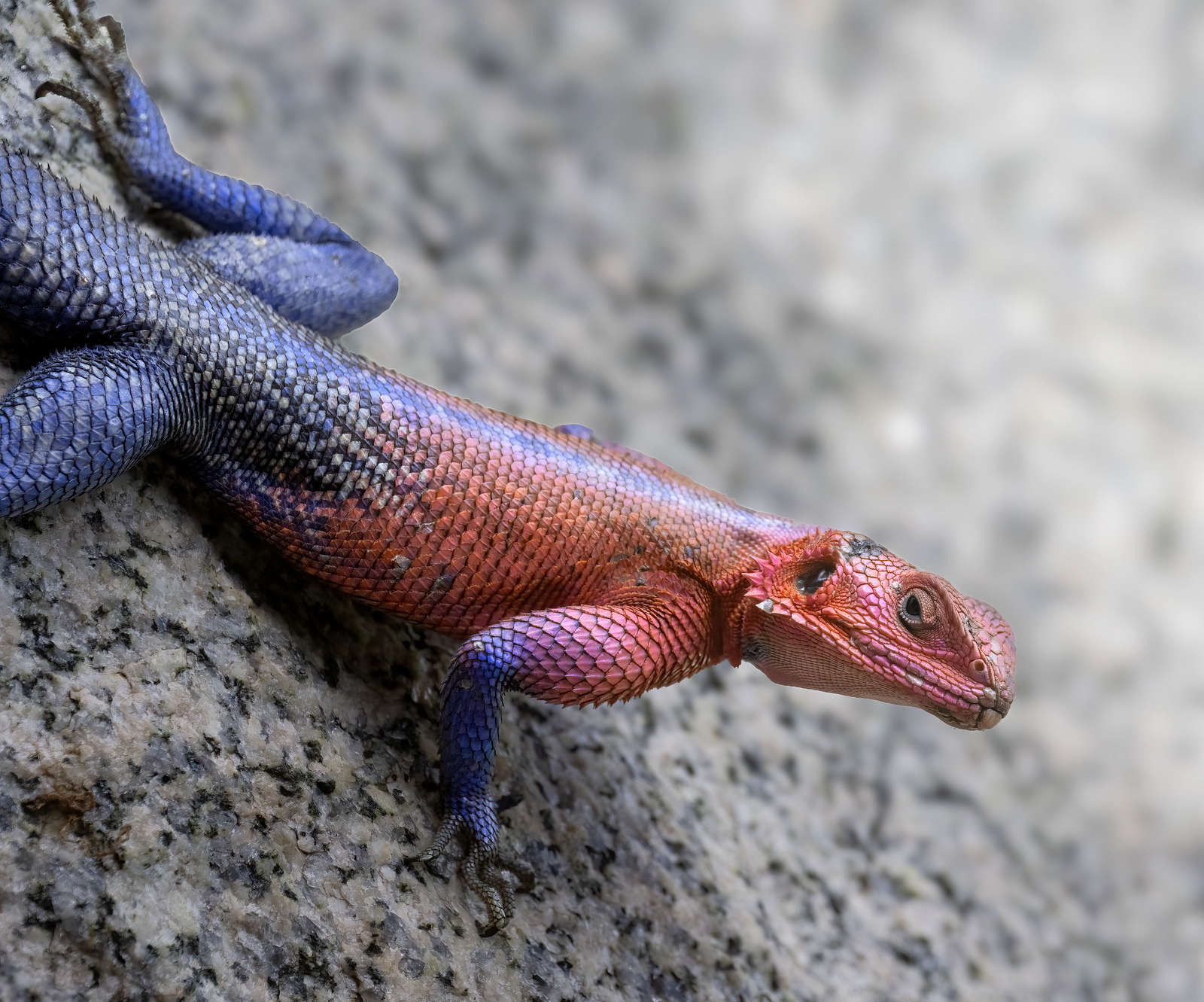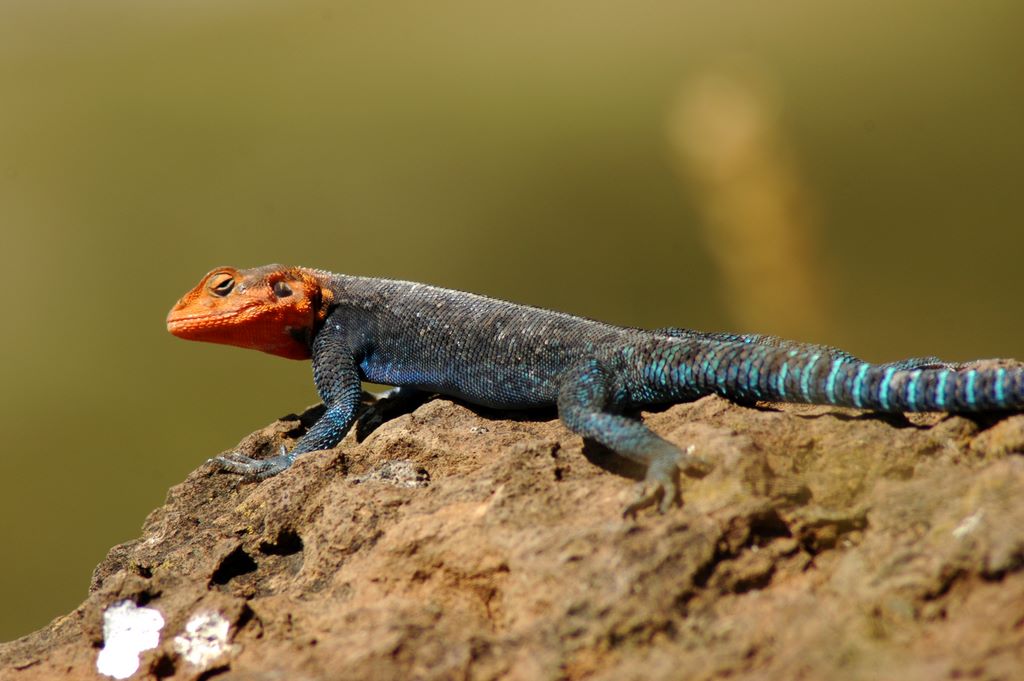04
One last glance back at 2024 before we leap into 2025 with a review of some of my favorite images from the last 12 months.
In 2024 I made my first trip to Patagonia, Chile in search of pumas. I had low expectations going into that trip but in the end, I was blown away by the experience. The landscape and scenery were breathtaking. Although the winter days were short the light was spectacular from sunrise to sunset. We spent most of each day hiking as we tracked pumas allowing us to really be part of that stunning landscape. Put all this together and we get one of the best trips I have ever taken. We enjoyed it so much that we plan to return in 2026 (Sorry, Madagascar, you will have to wait one more year).
Let’s start with my favorite images from that adventure.
1. We begin with my best photo of the year and one of the best images I have ever taken. Truly an image of a lifetime. In one shot, we get not only the dramatic Patagonia landscape (Cordillera del Paine) but also the apex predator of the region.
And just in case you didn’t notice, here is a zoomed-in crop of the bottom part of the image:
2. In the next image we can see the powerful build of the puma. And that gaze is intense!
3. Here we see a female puma with her two cubs. Cuteness overload!
Here is a close up of the puma family:
4. One of my goals for the trip was to photograph a pygmy owl and Patagonia did not disappoint! It was my first sighting of this fierce tiny raptor.
5. I imagine that true landscape photographers must lose their minds in Patagonia – at every turn was yet another mind-boggling scene. How do you choose where to point your camera??
6. Just another average sunrise in Patagonia.
A few other of my favorite images from 2024 captured a bit closer to home.
7. I made a weekend trip to Mt. Rainier (Washington State) and found this dramatic sunset scene at Reflection Lake. I have some nice sunrise photos from this location but this is my first compelling sunset image.
8. I spent a few days in the Olympic National Park (Washington State) and captured two images that I really liked (I am using this one as the background on my phone).
9. Another view of the same stream. It seems that I am a big fan of fuzzy green rocks.
9. Each year short-eared owls winter in Washington State – here is one of my favorite images from my time with them.
10. And each summer bald eagles congregate along the coastline of Washington State to feast on spawning fish. In this image, we have two eagles fighting over a fish.
11. No fish in this image but two eagles still fighting, in the rain – just because.
12. And finally, an image taken really close to home. An Anna’s hummingbird dining in the garden that is on the back deck of our house.
In other news, I entered a few photo contests in 2024 with some good results.
Three images were “Commended” in the 2024 Bird Photographer of the Year (BPOTY) Contest:
1. Feeding Time
Photo Caption:
Over three weeks I visited this Anna’s Hummingbird nest regularly to document the growth and development of the chicks. By staying on the boardwalk and using a 600 mm lens I was able to have a good view of the hummingbird family while keeping a safe distance from the nest. When I began the chicks were blind, featherless, and the size of my thumbnail. In this image the chicks are almost fully mature, and their feathers have grown in. Just two days after this photo was taken, I watched the chicks take their first flight! We were all very proud!
See the full story here.
2. Rufous on Watch
Photo Caption:
From his perch, this male Rufous Hummingbird surveyed the entire field – if any other bird or creature dared to enter, he would take flight and warn them off. As the tree swayed in the breeze the light occasionally caught his gorget just right, and radiated bright orange. Every few seconds he would expand his gorget for added effect, flashing it for all to see, and to proclaim “No Trespassing.” I approached him slowly, taking images every 10 paces or so until I was able to capture this portrait of the fiery watchman
Read more on the rufous hummingbird here.
3. Fish Fight
Photo Caption:
Bald eagles congregate along the Washington coast each summer to feed on midshipman fish spawning among the oyster beds. As the tide recedes the fish become trapped and the eagles attack. Some eagles strafe the water to catch their own fish while others steal from blue herons and seagulls. Other bald eagles prefer to steal from fellow eagles. In this scene, the eagle with a fish implemented an impressive barrel roll to confront her attacker. With the theft rebuffed the eagle flew to a nearby pine tree to dine in peace.
Read more on this behavior here.
The photo above was also deemed “Highly Honored” in the 2024 Nature’s Best Photography International Awards.
You can see all the winners here.
What photo(s) was your favorite?
Wishing you a wonderful 2025!
….michael

